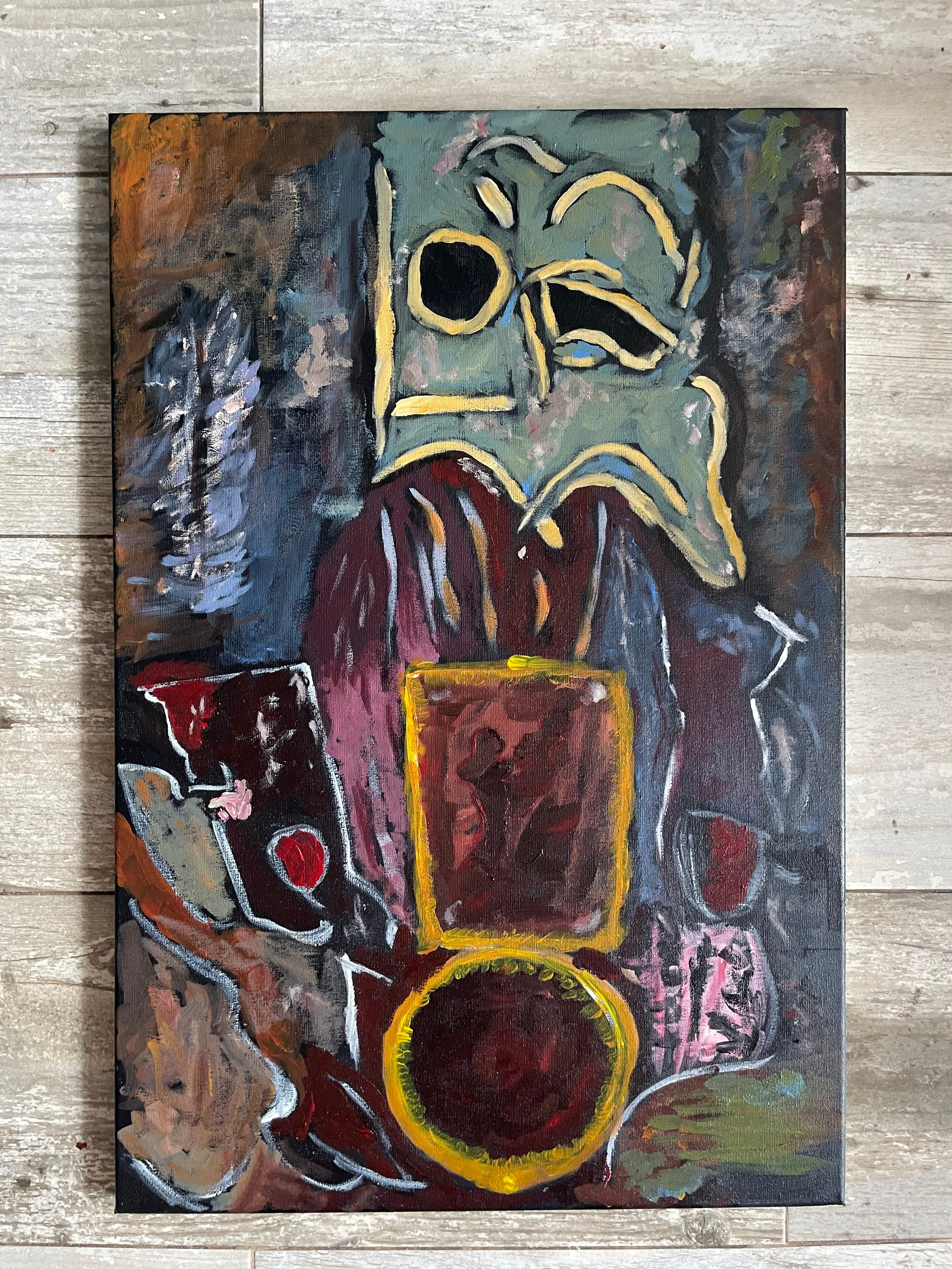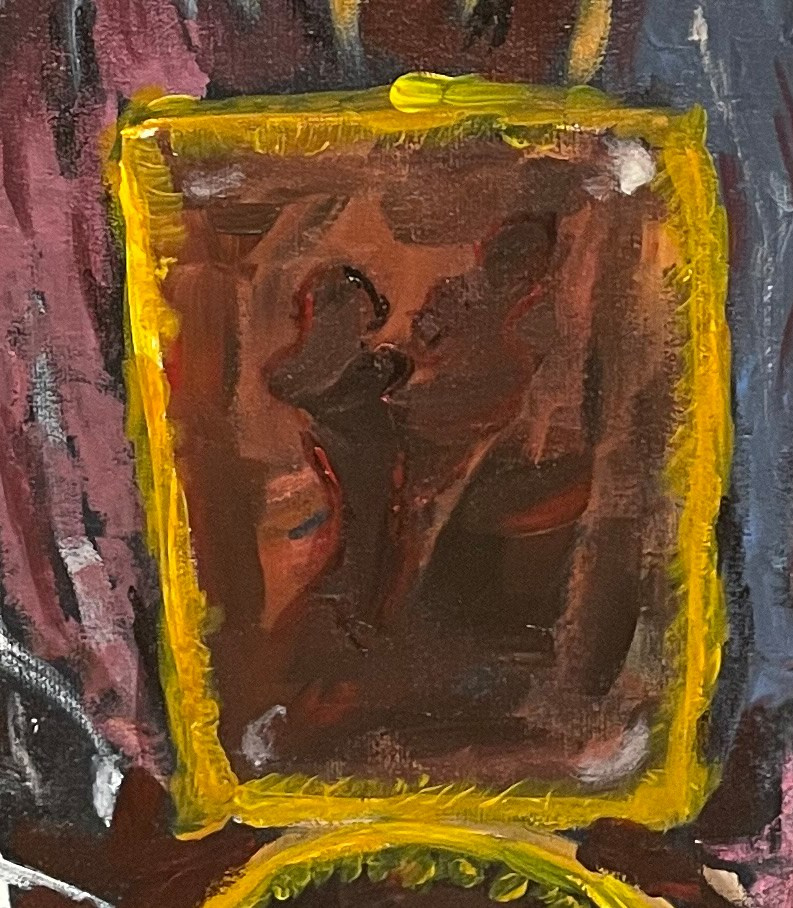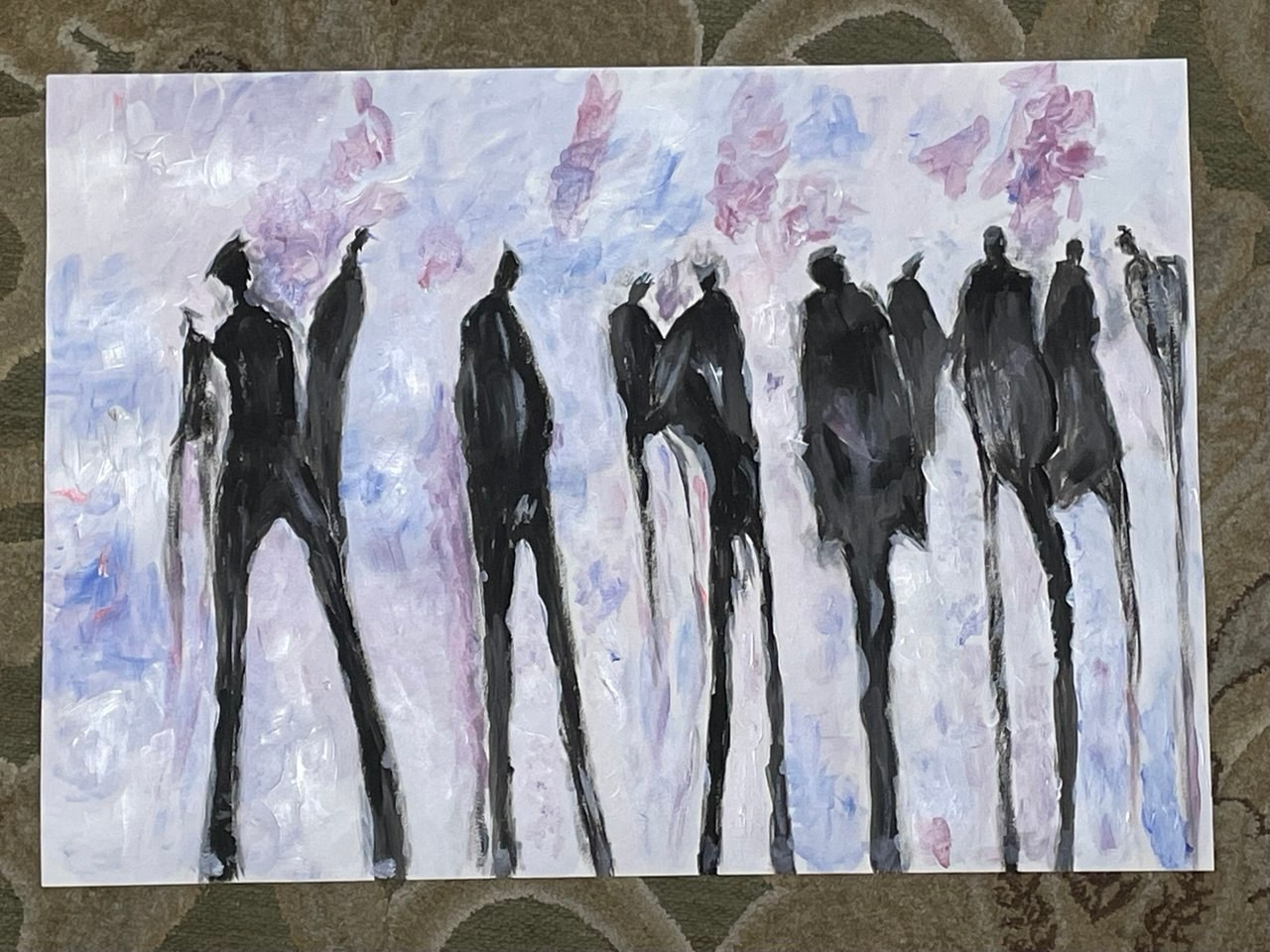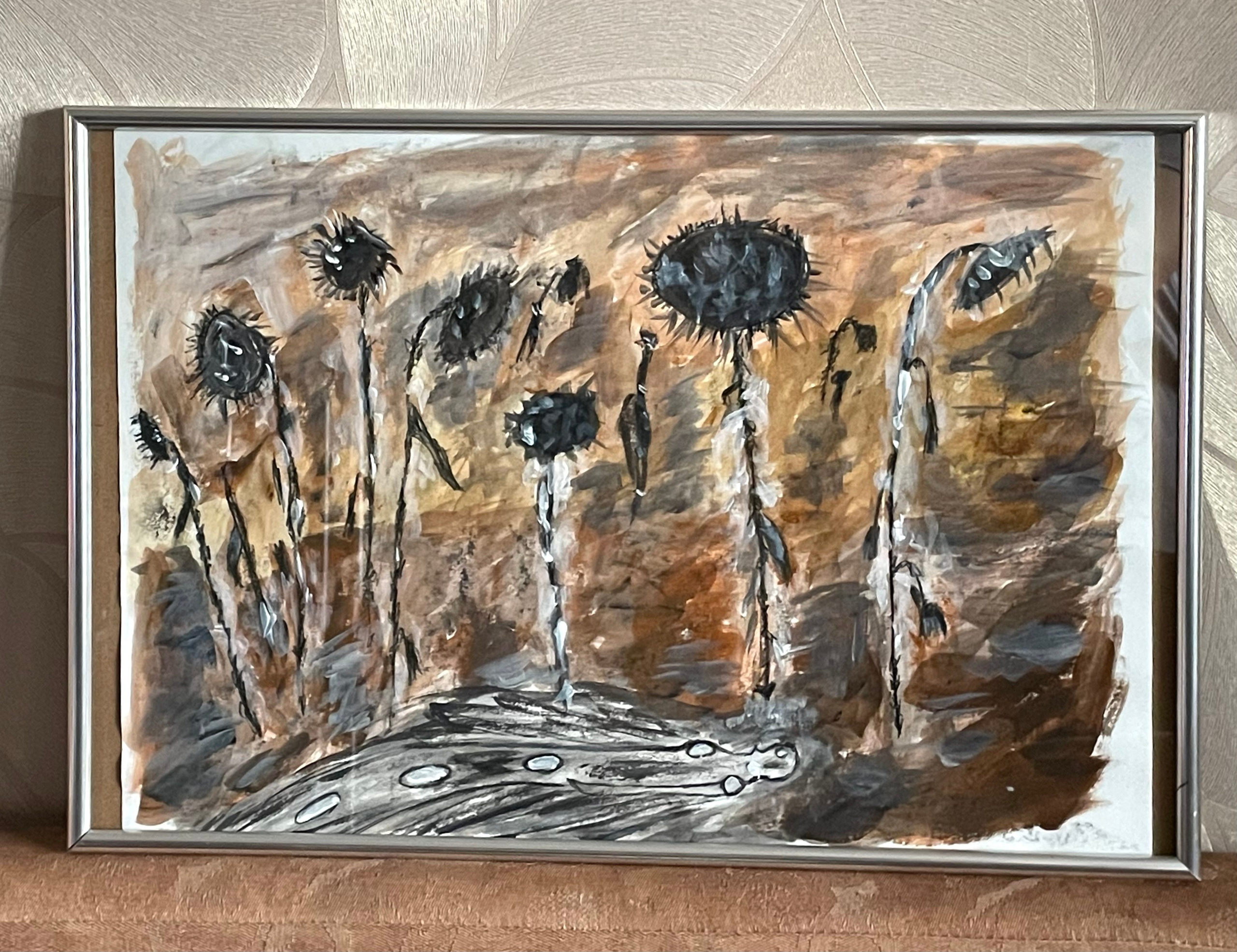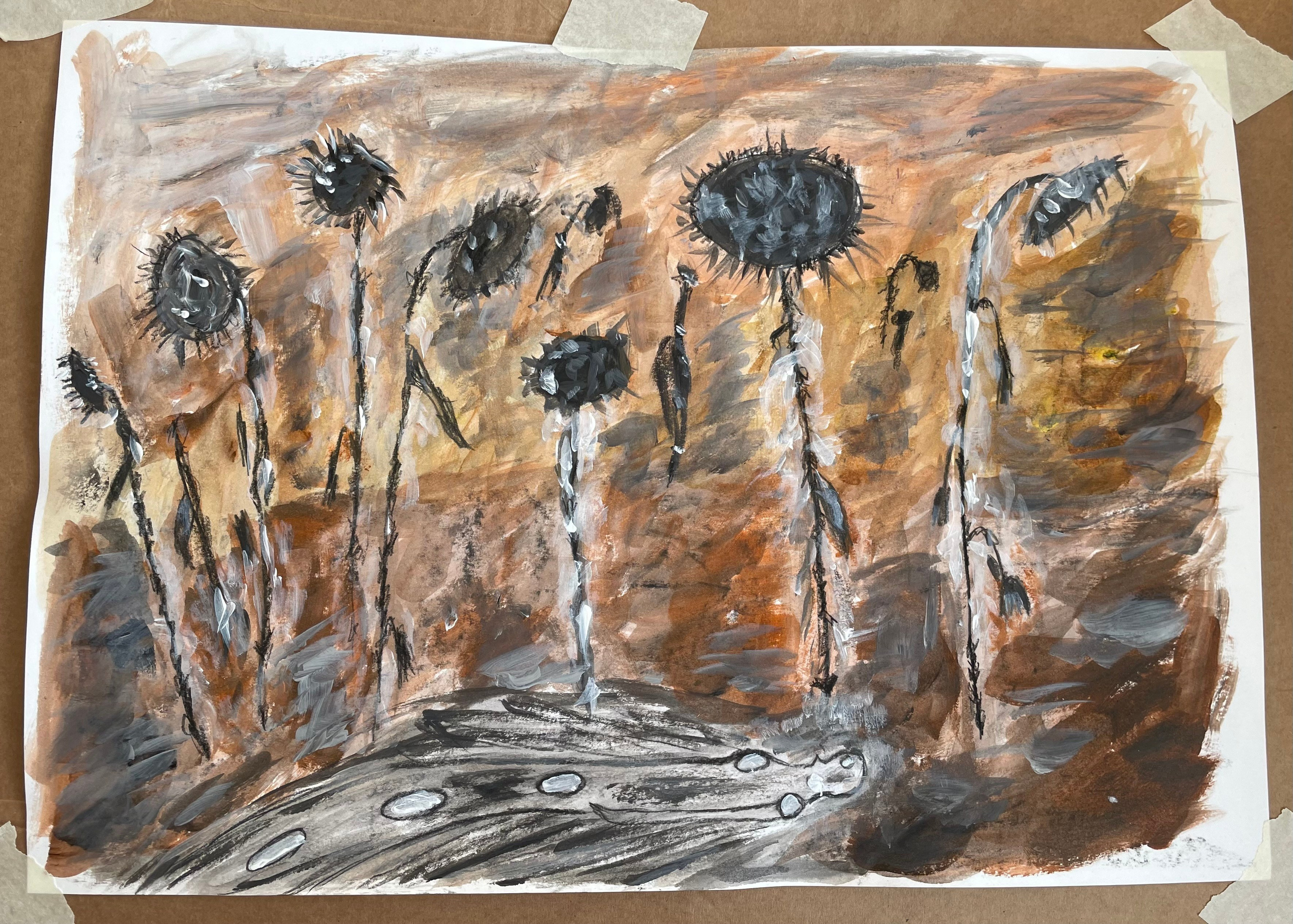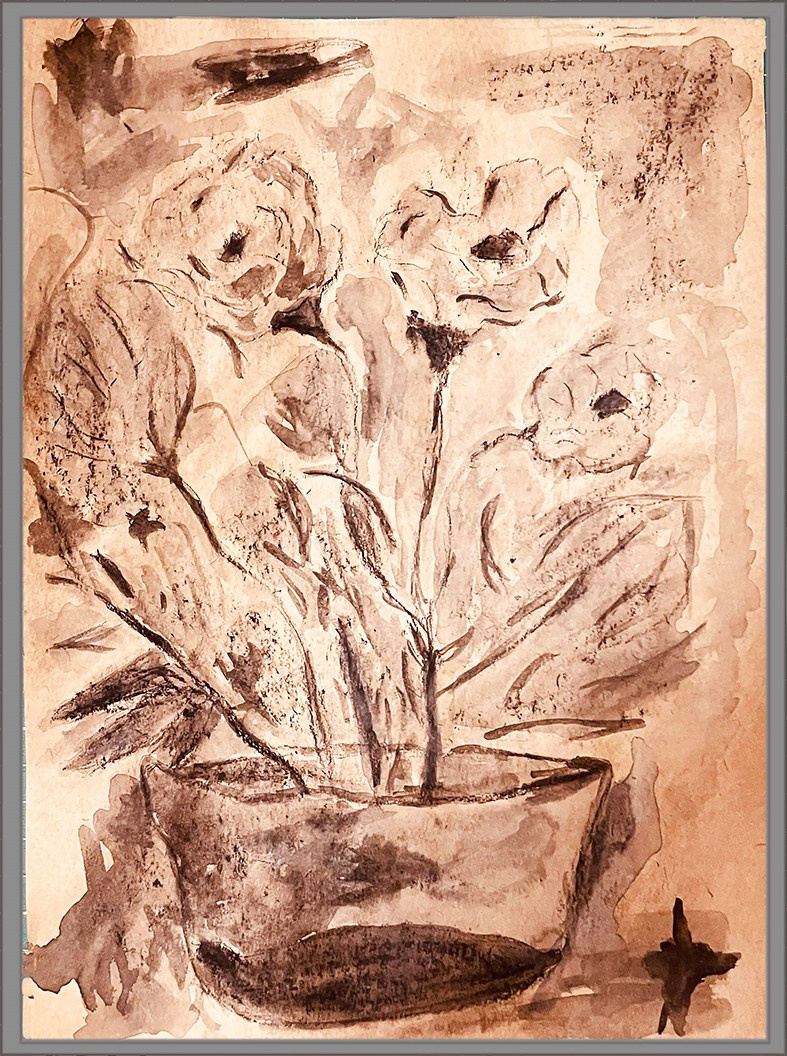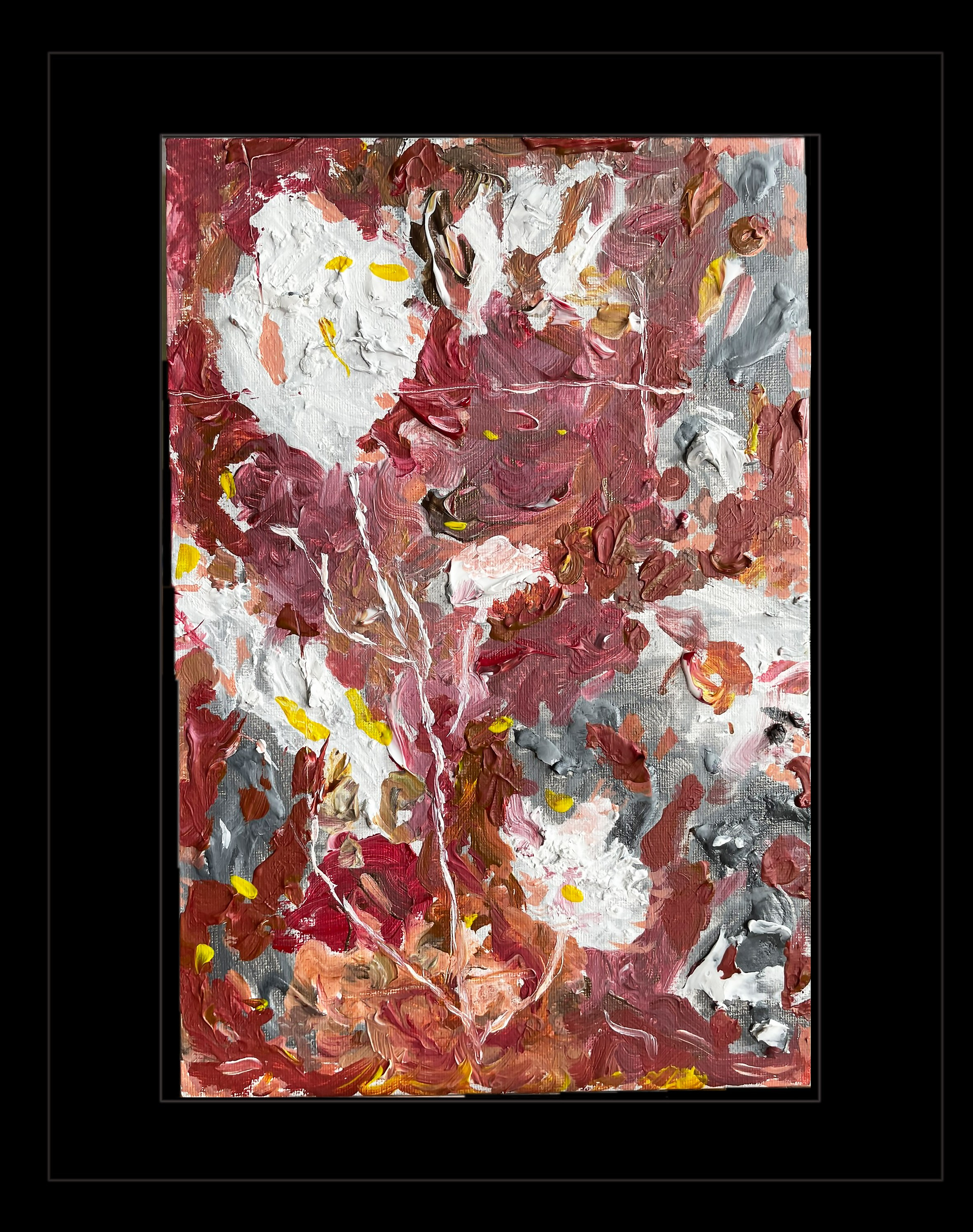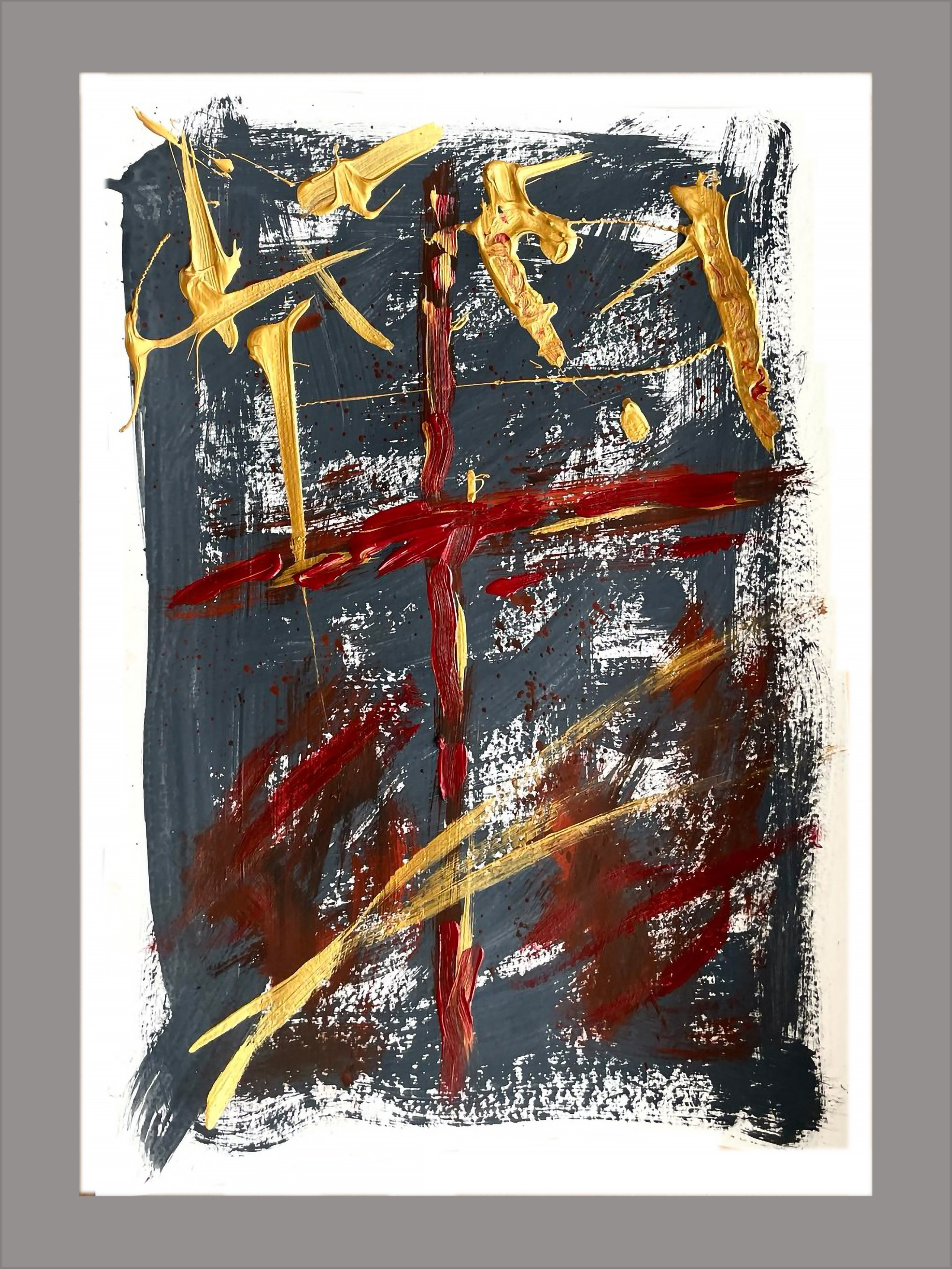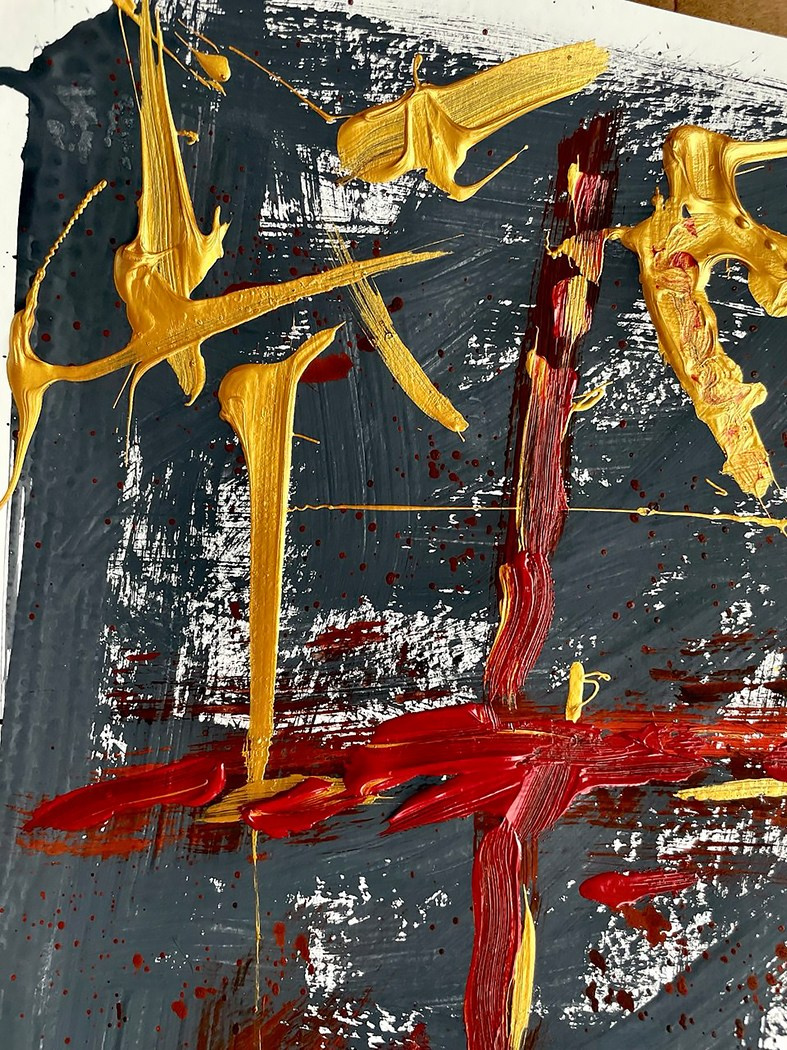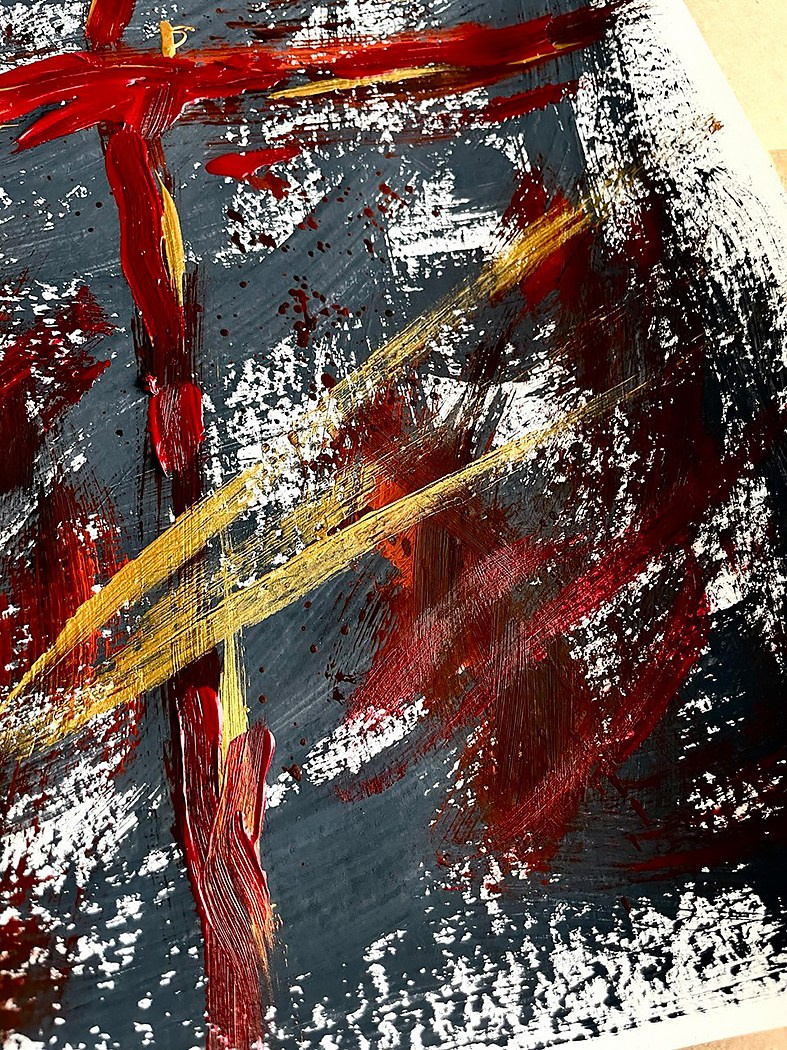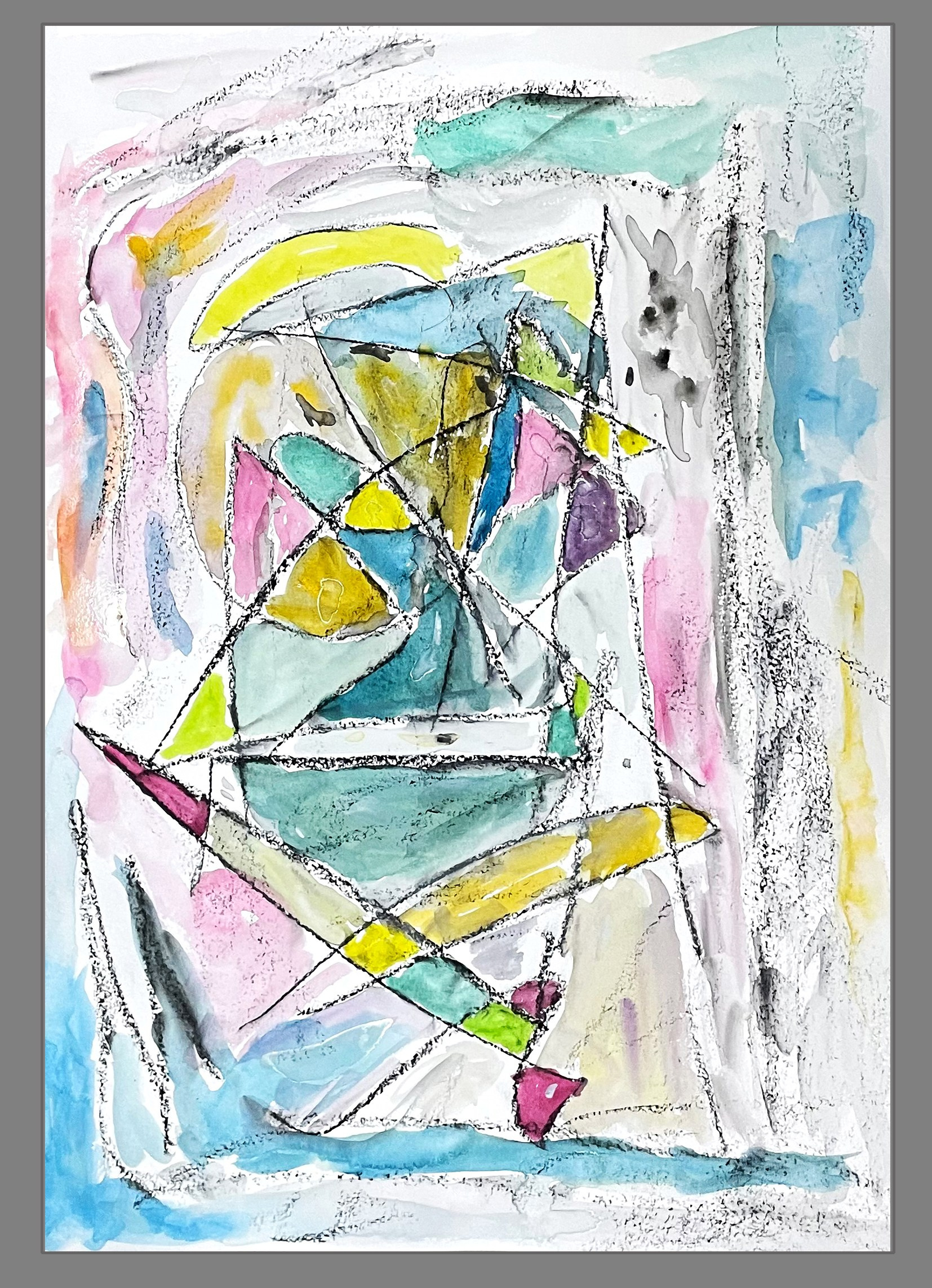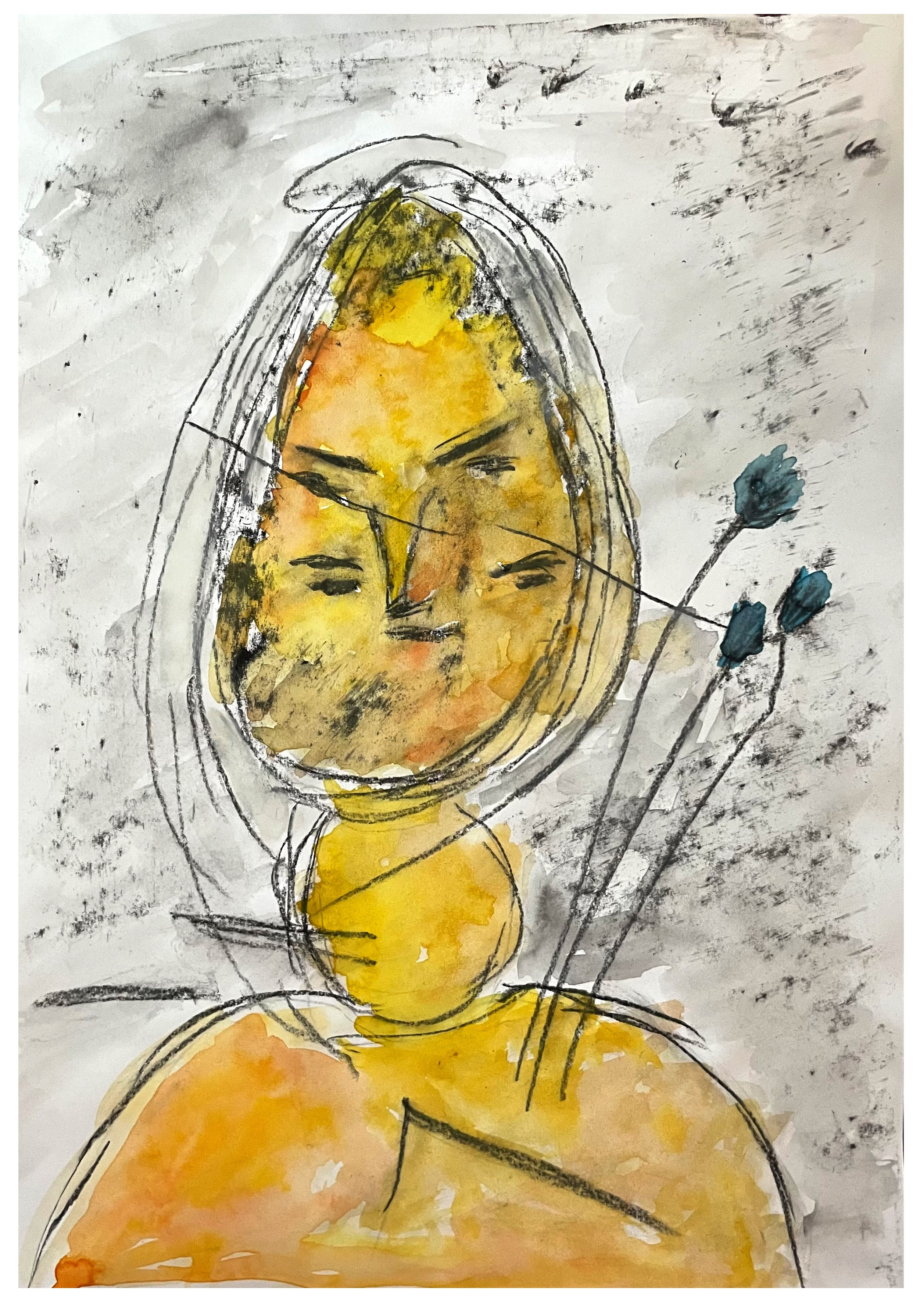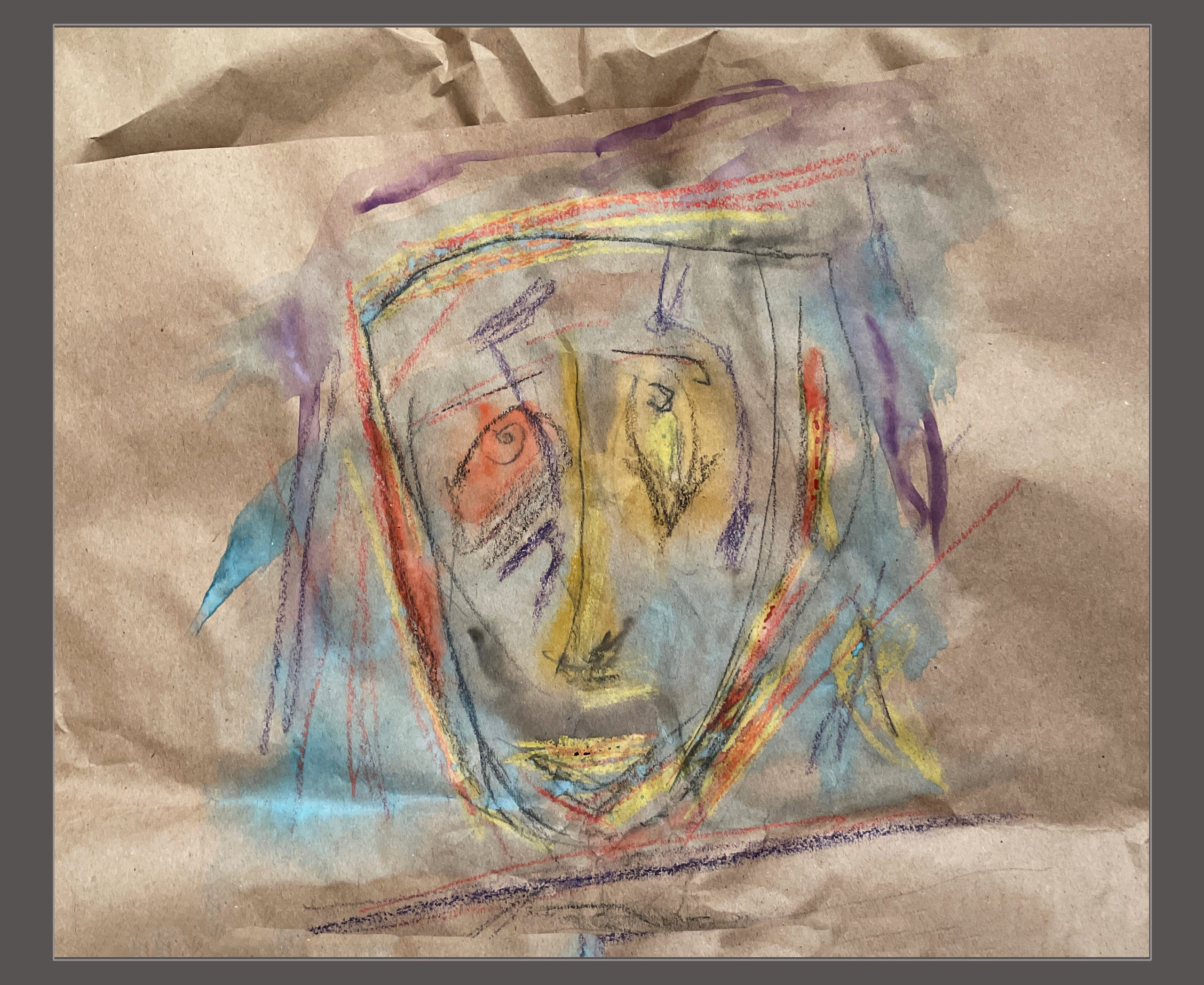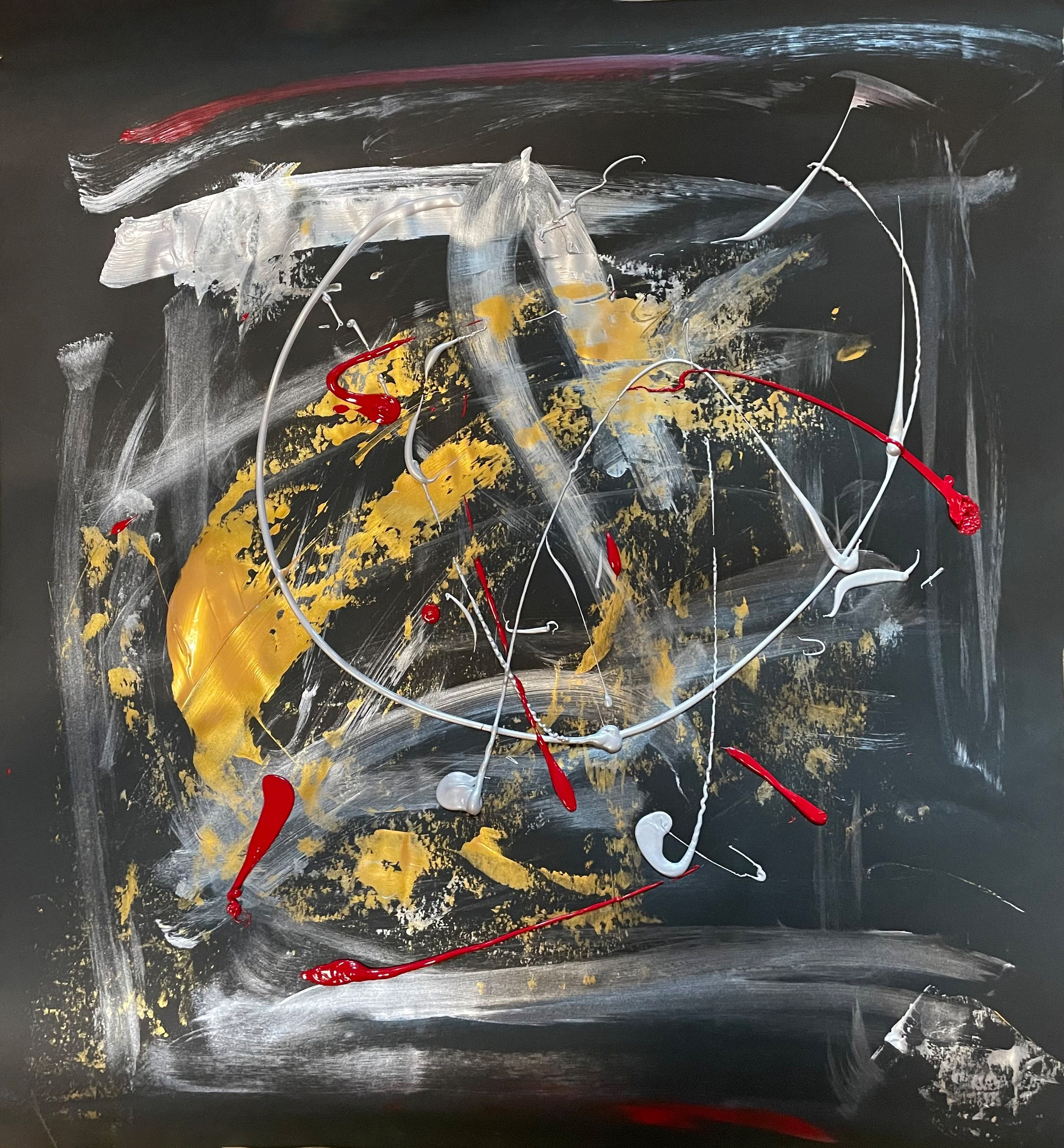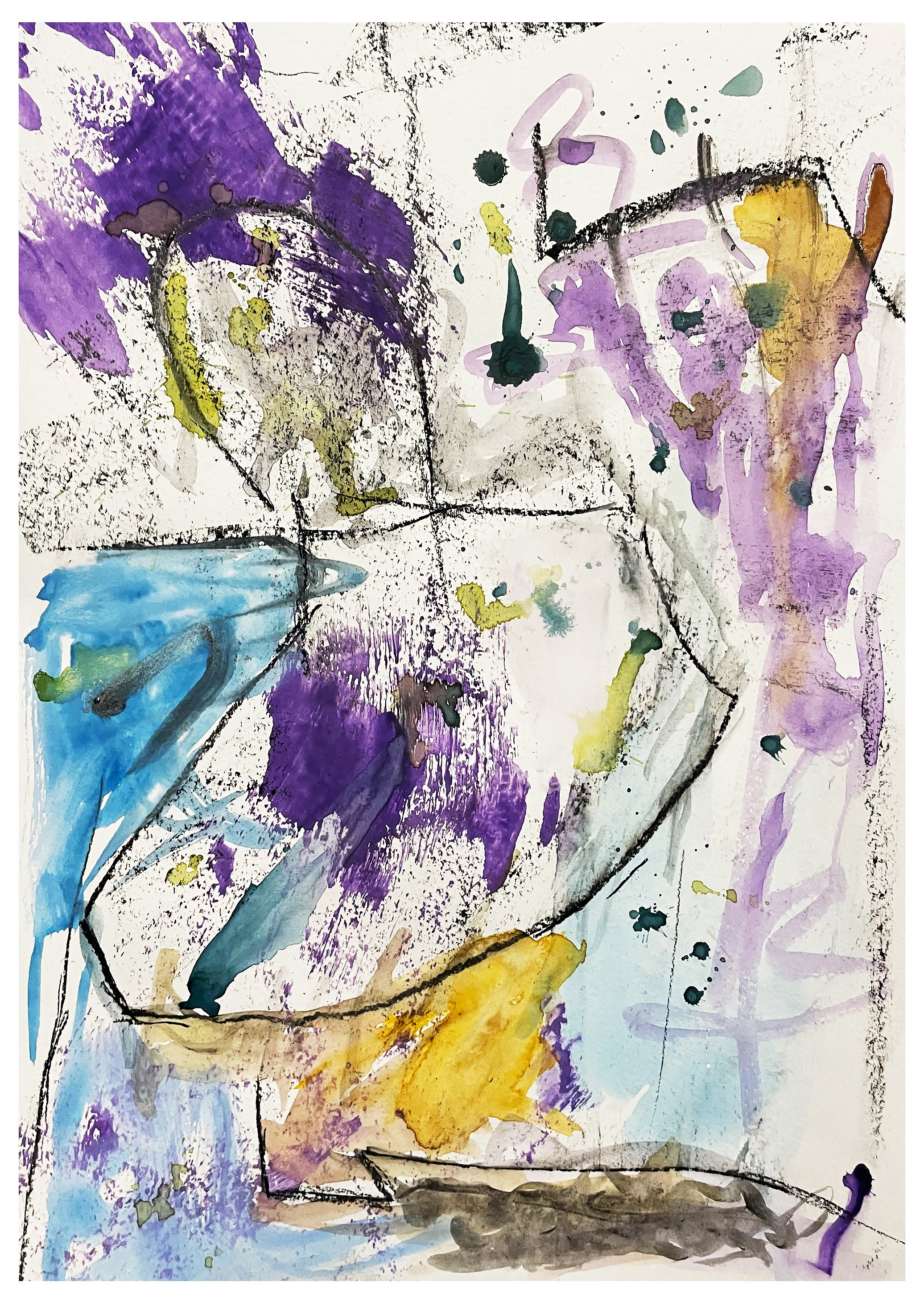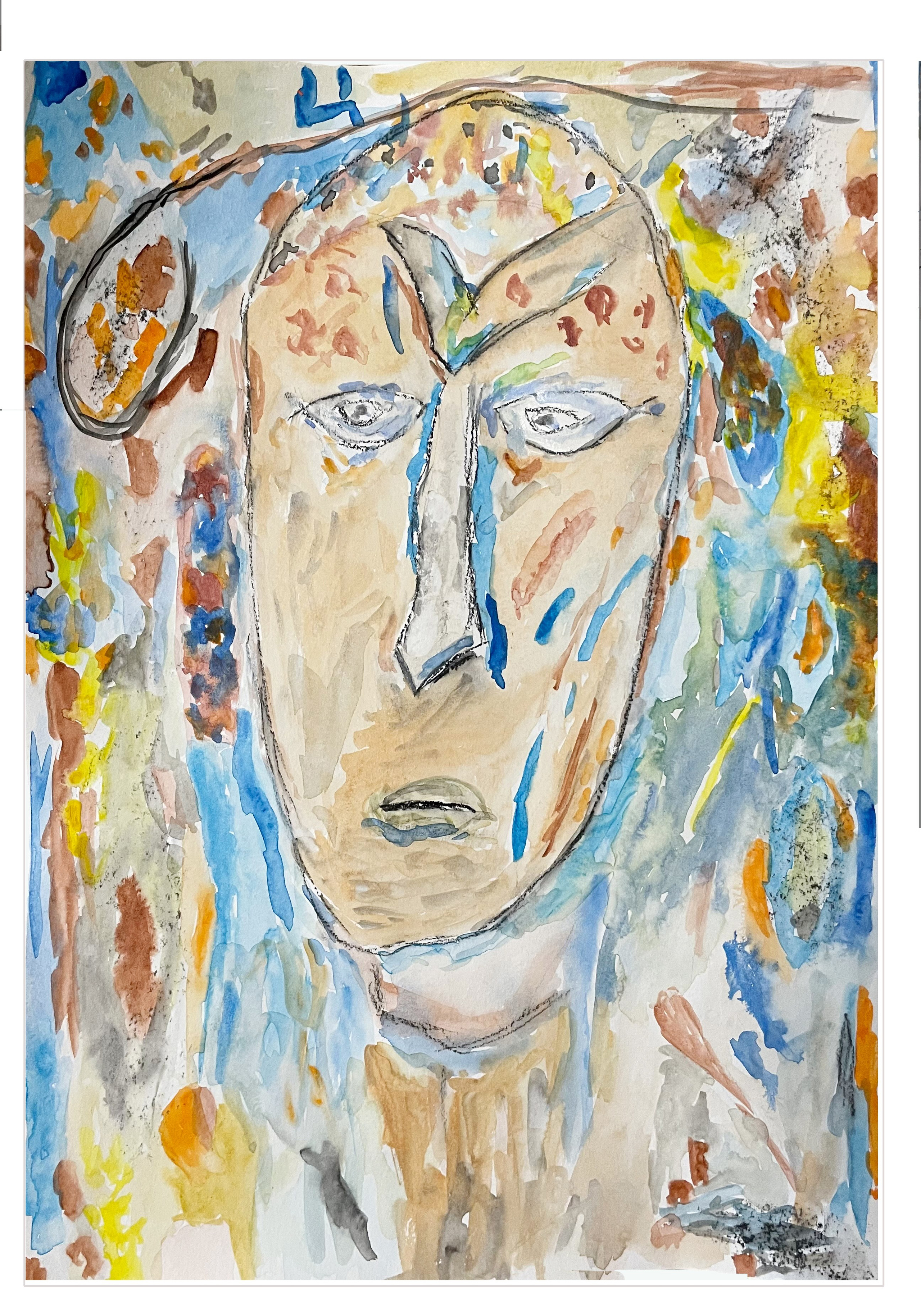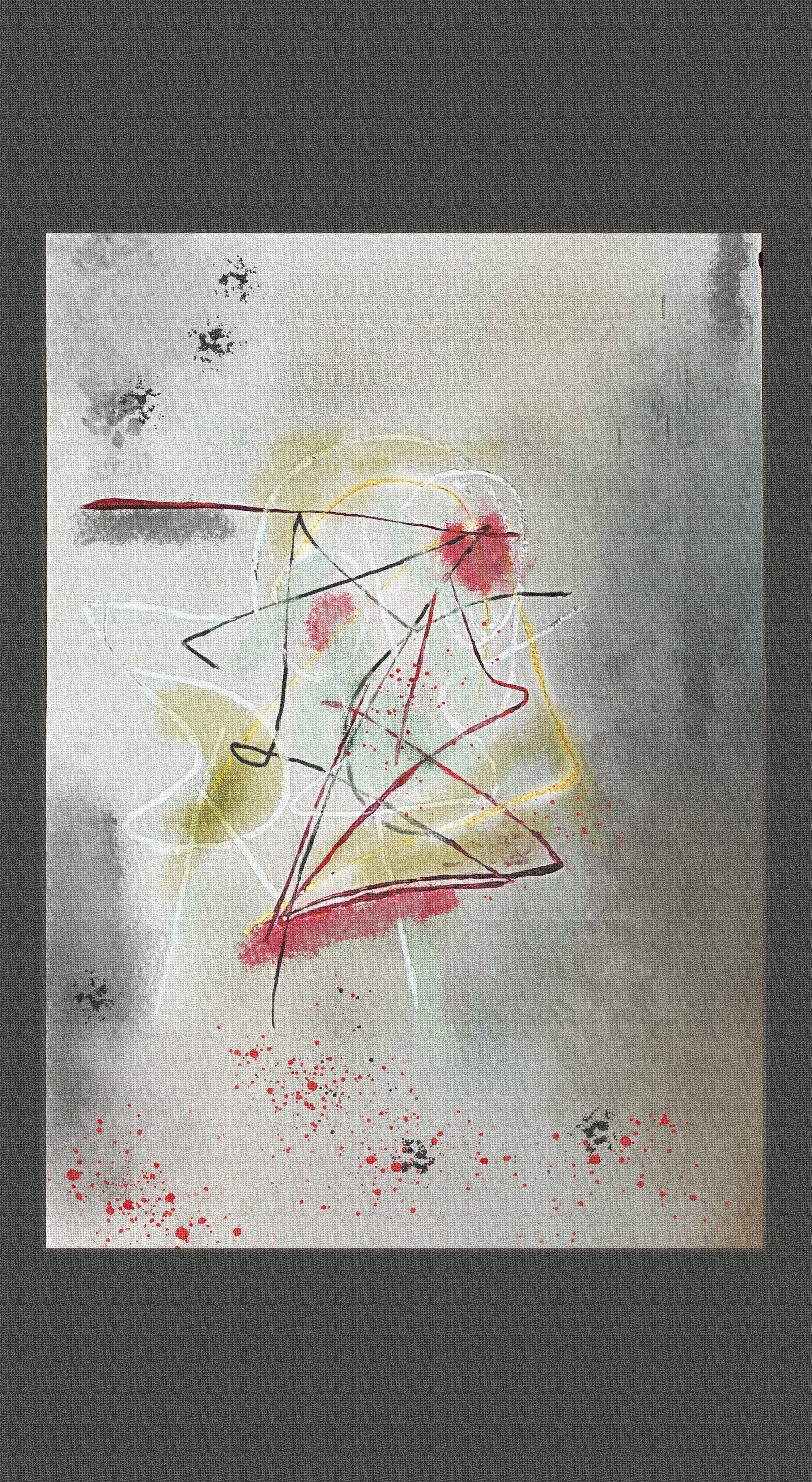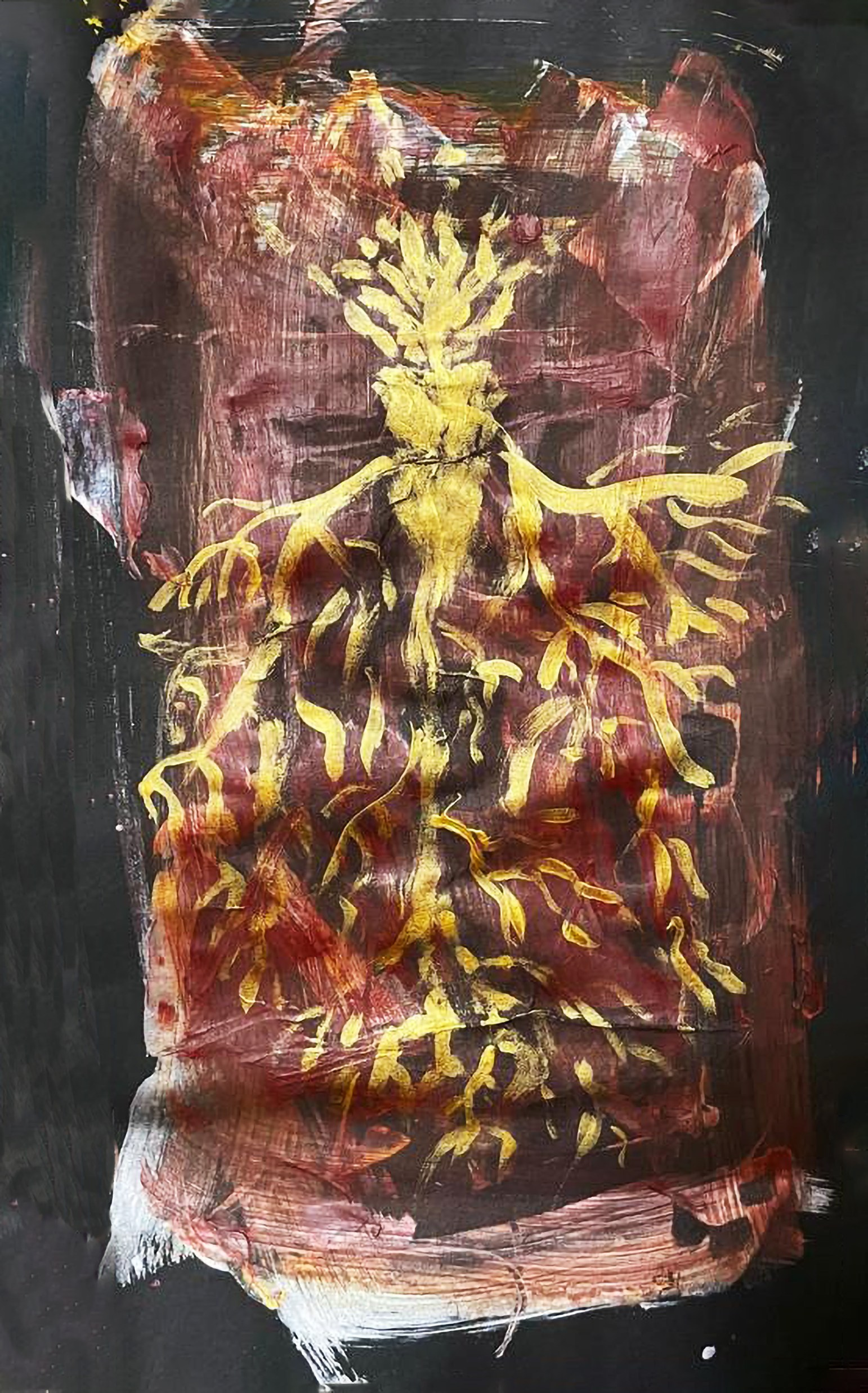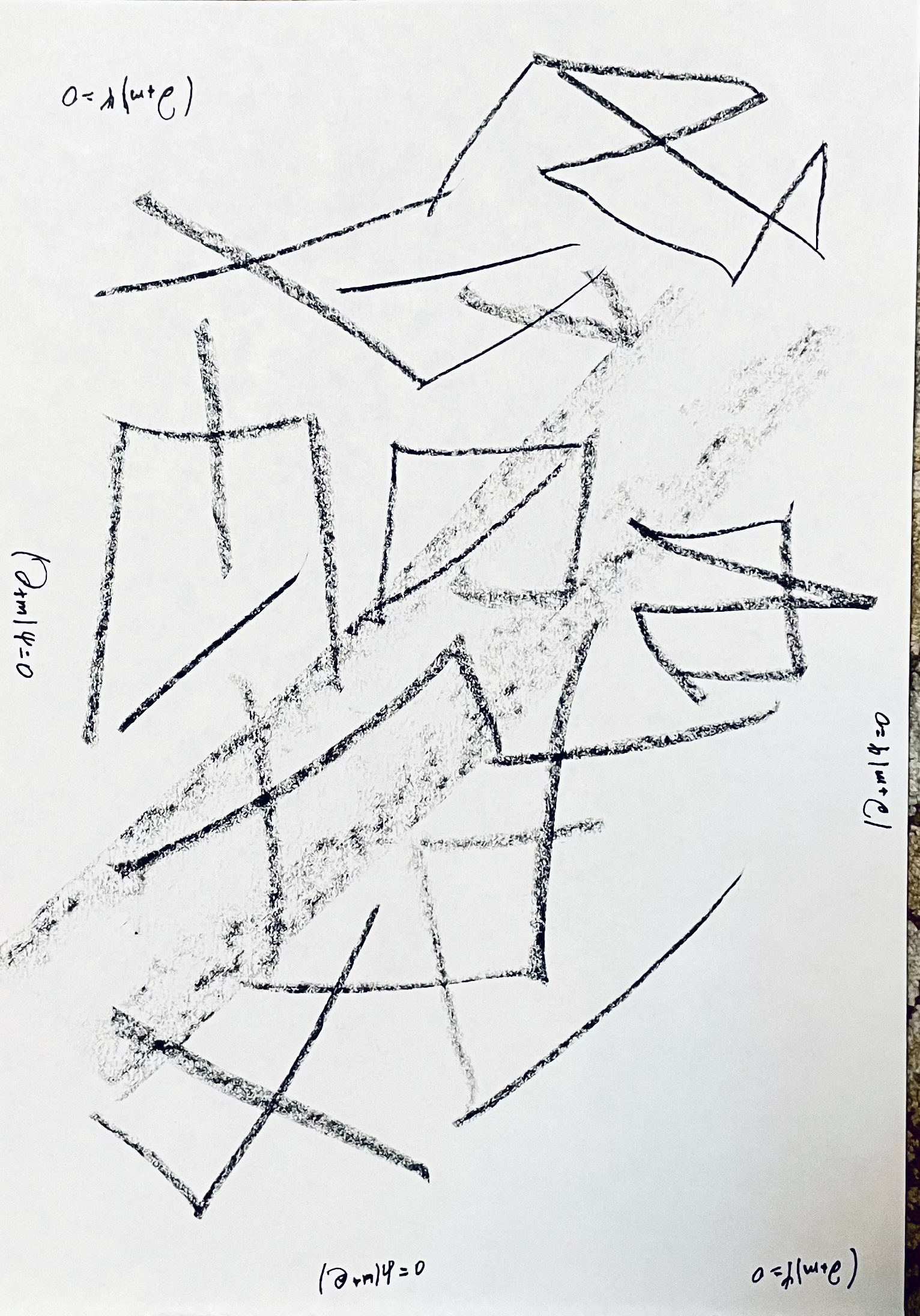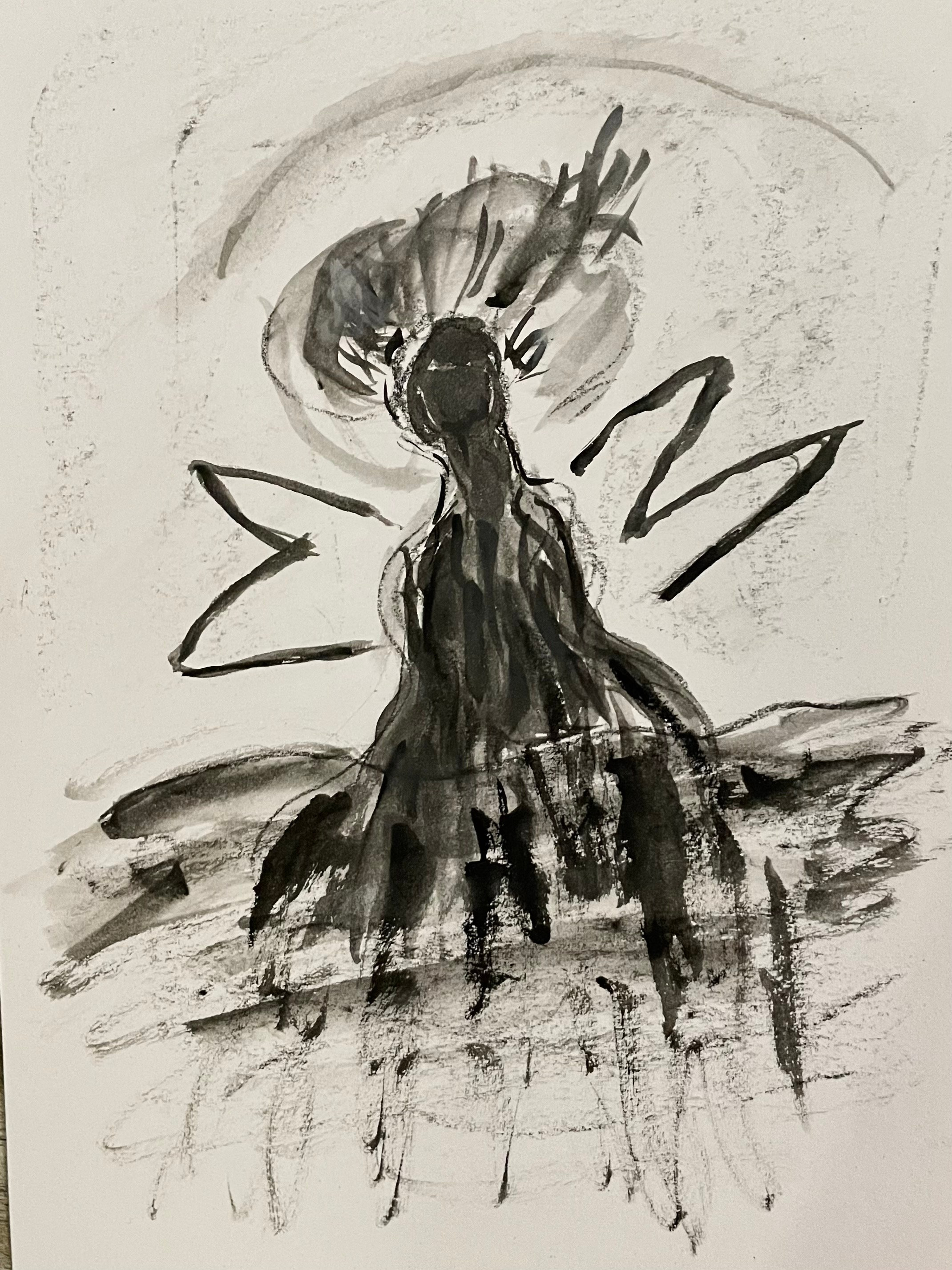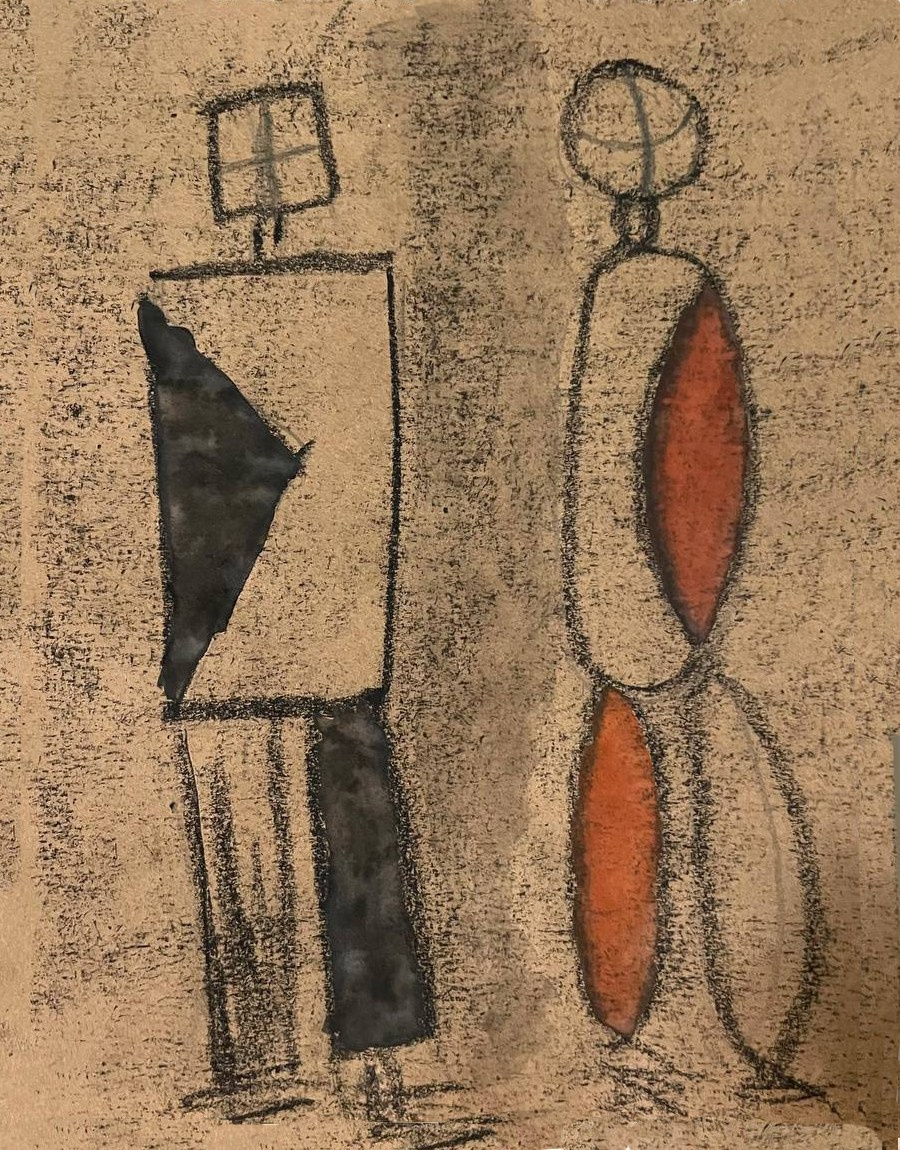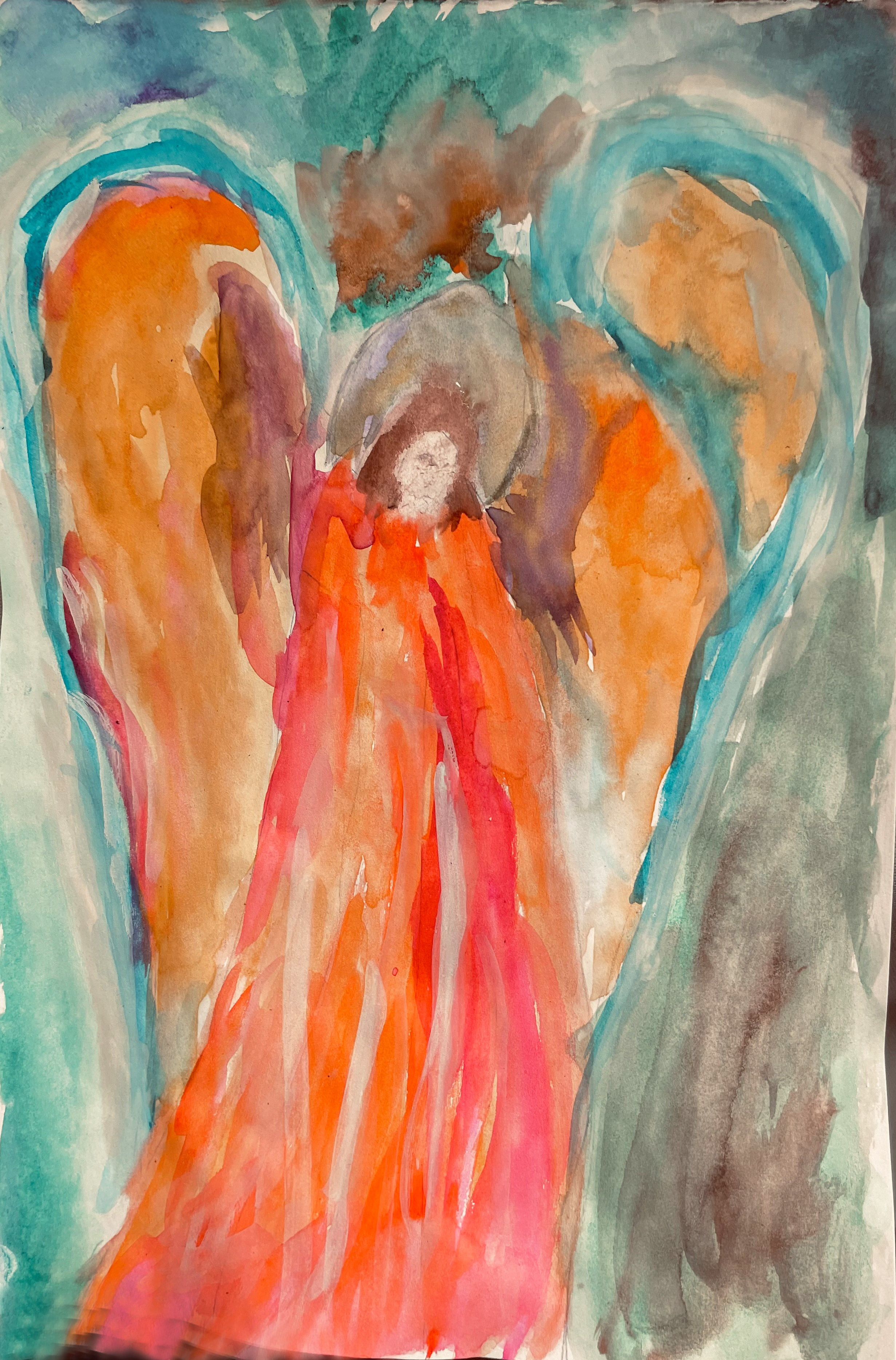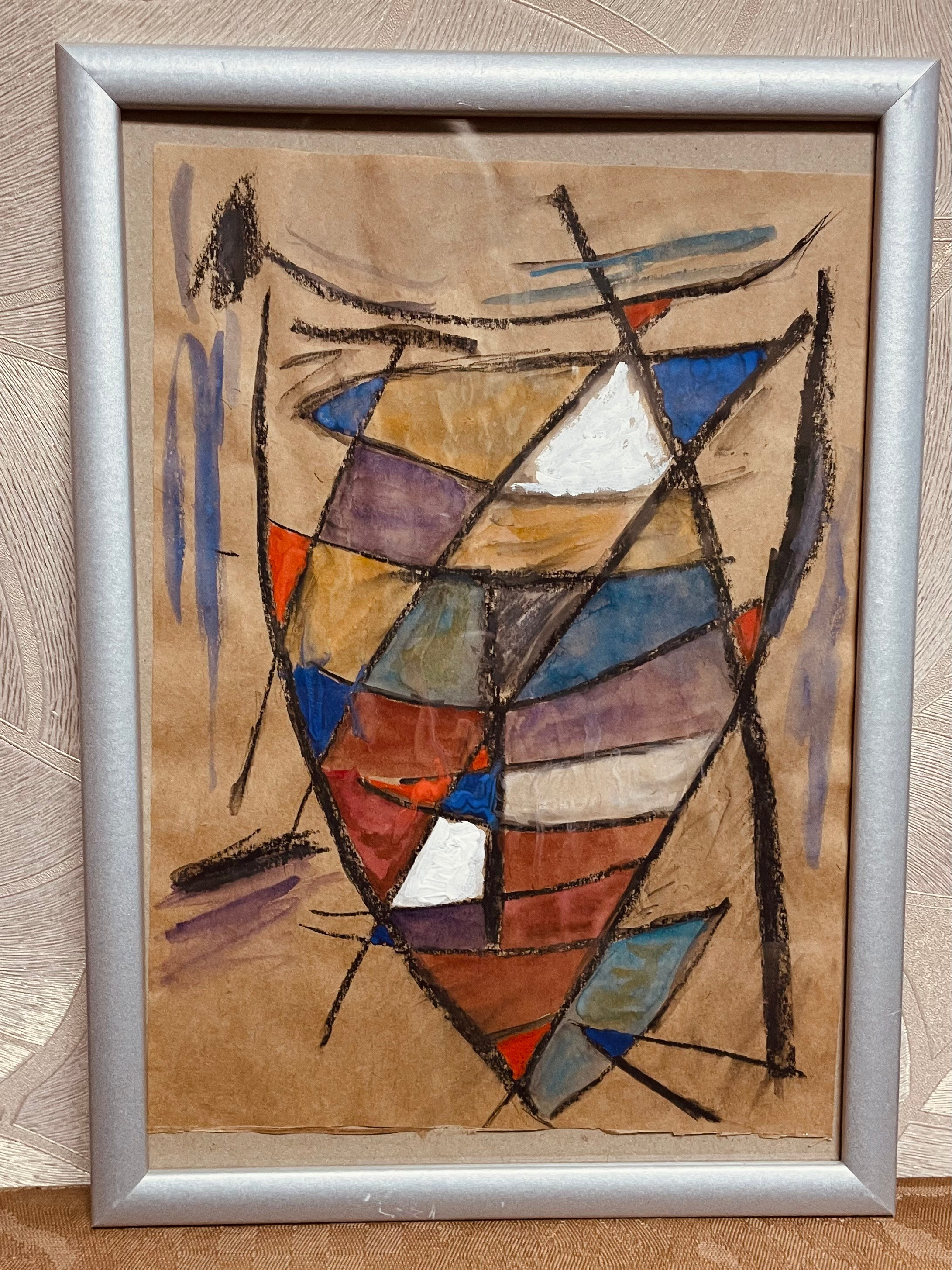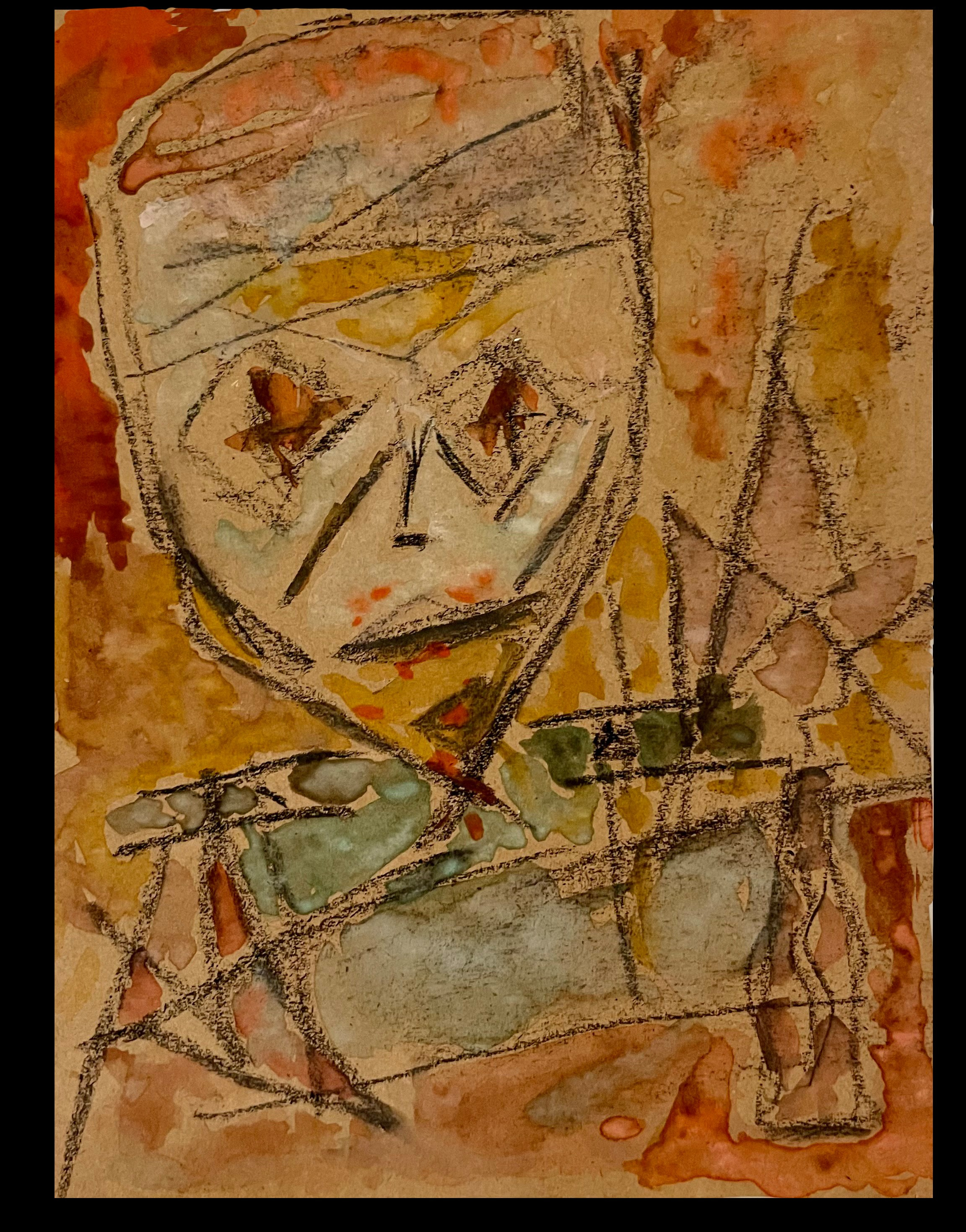The current inside
Foam board, mixed media.
30-45 sm
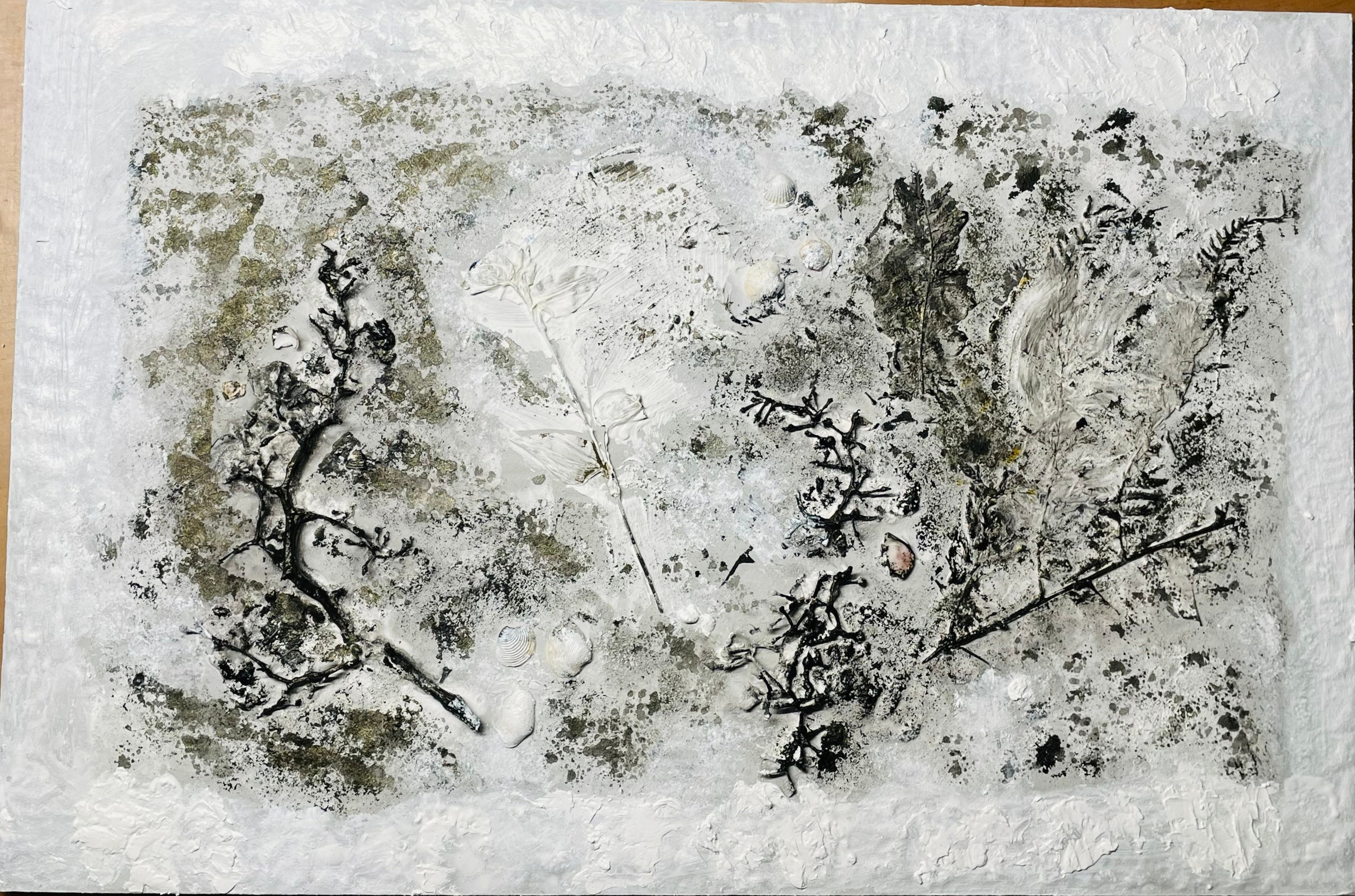
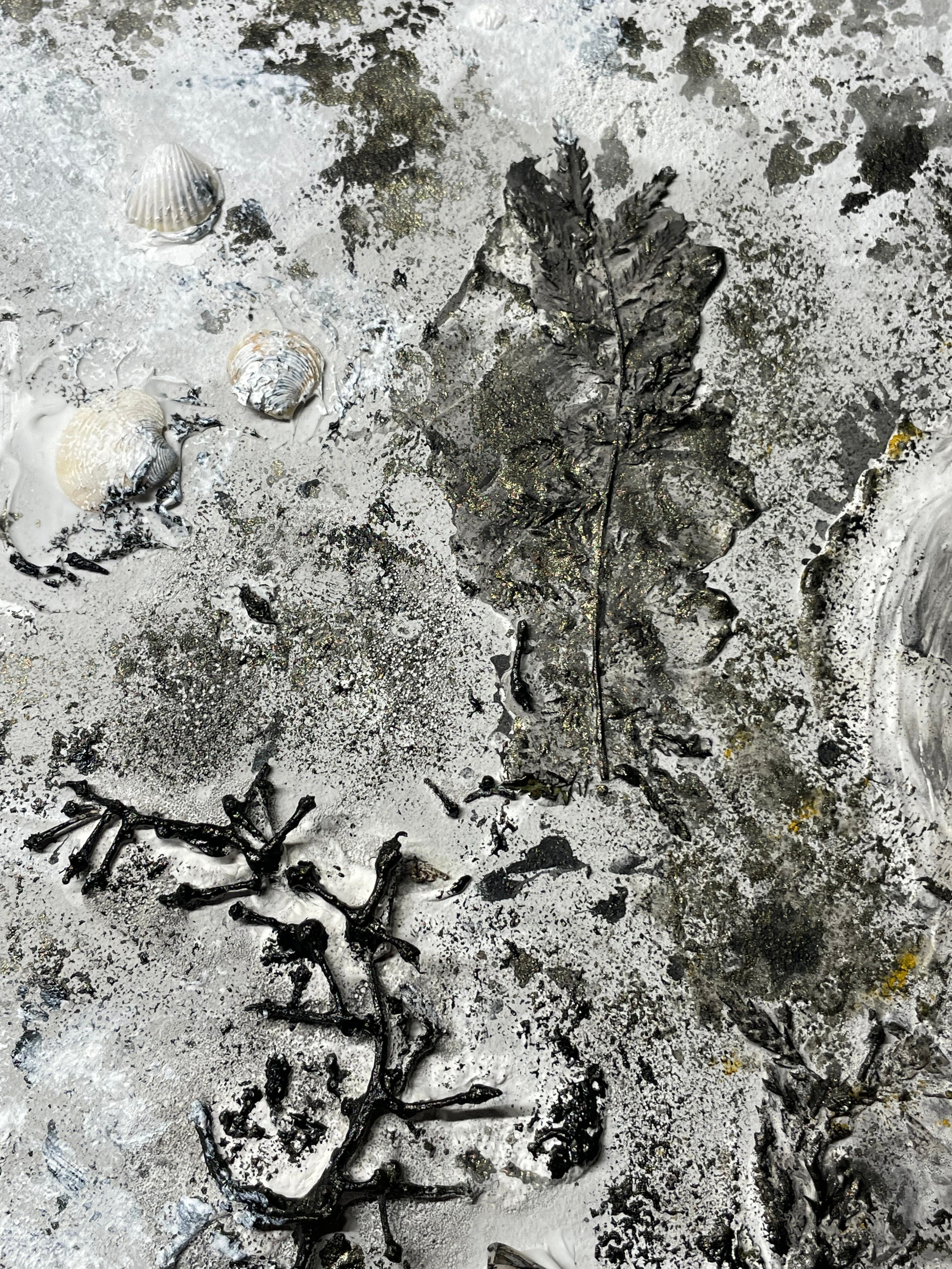
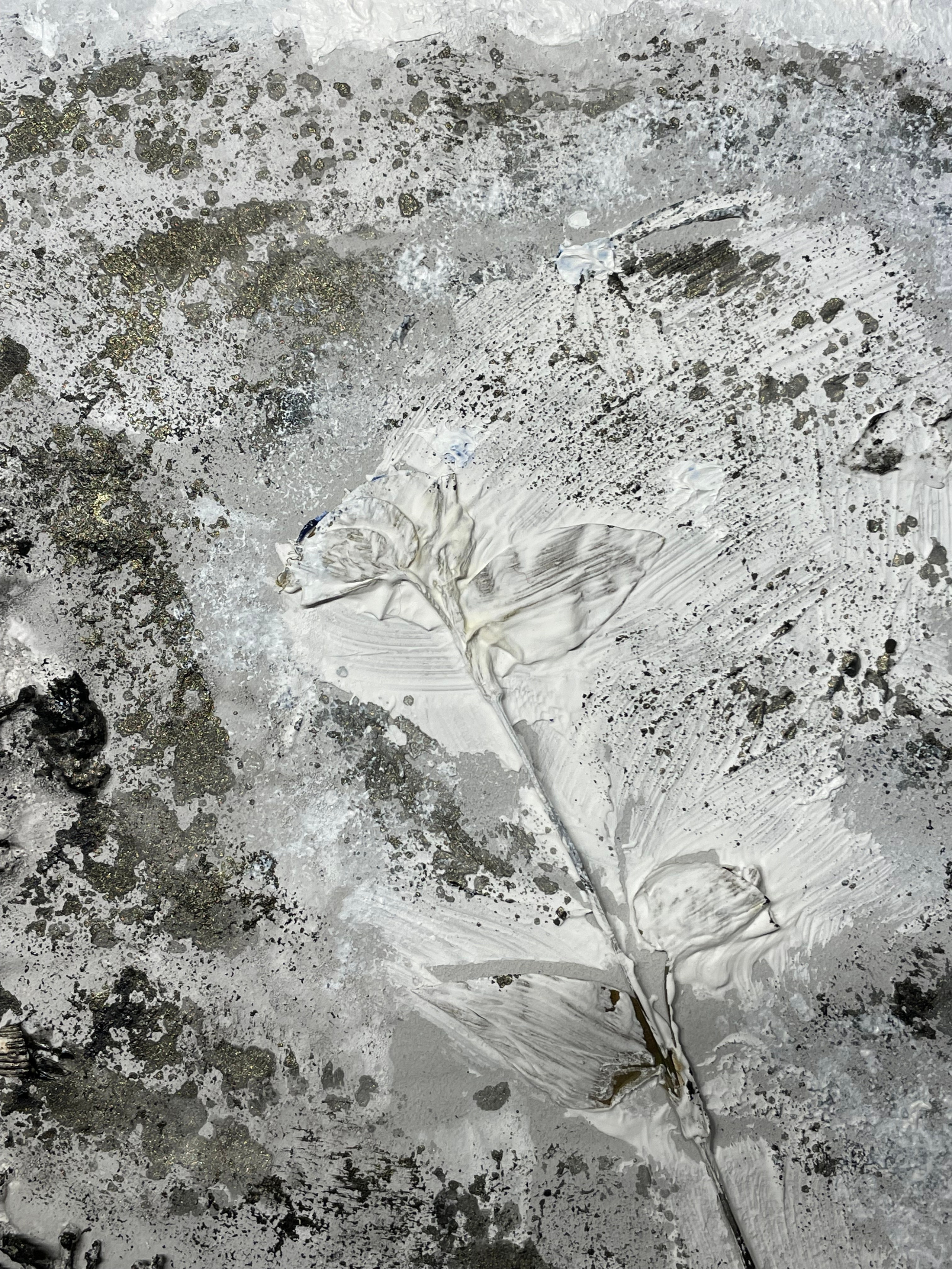
Hidden
Canvas, acrylic, varnish. 45-50 sm
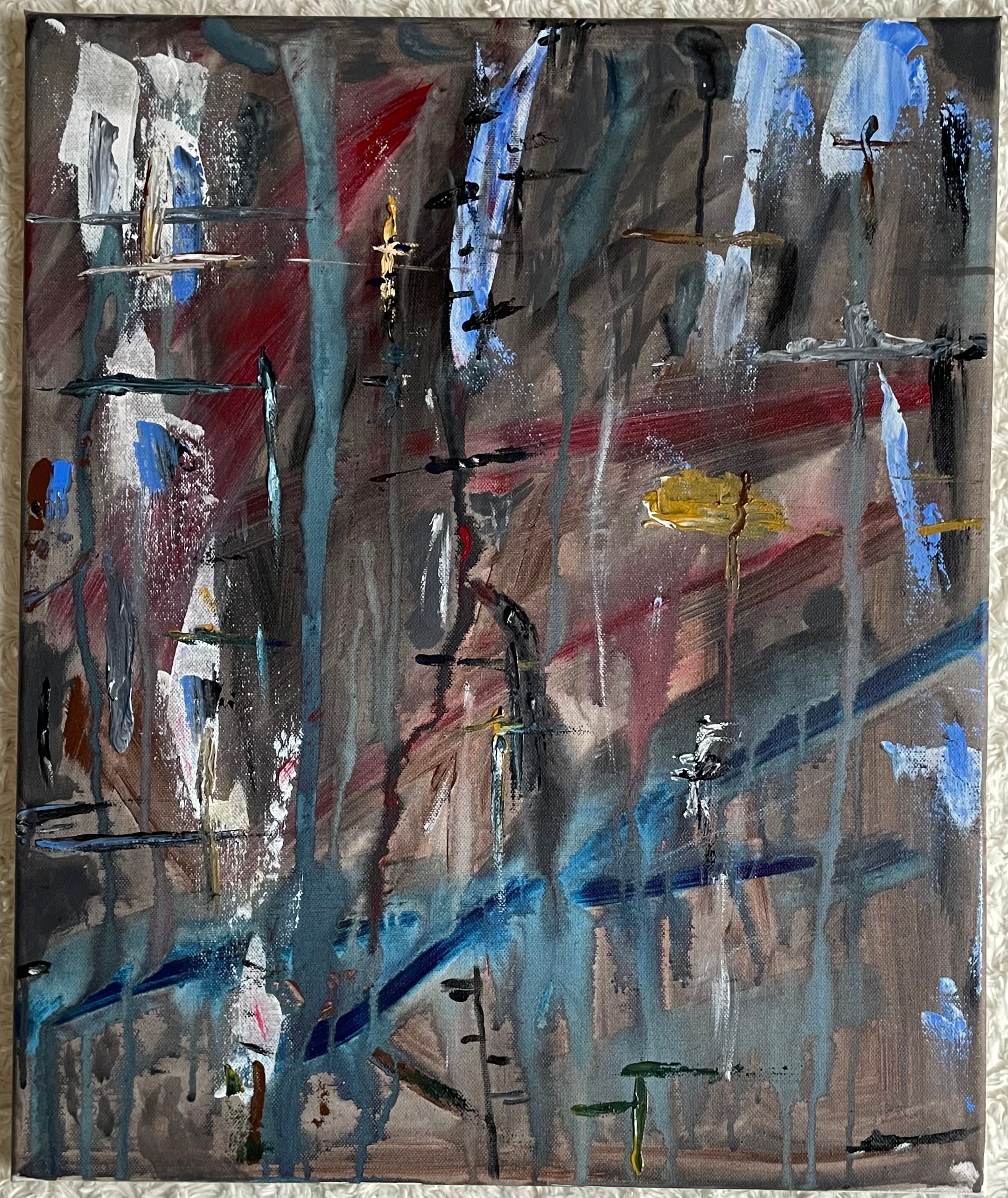
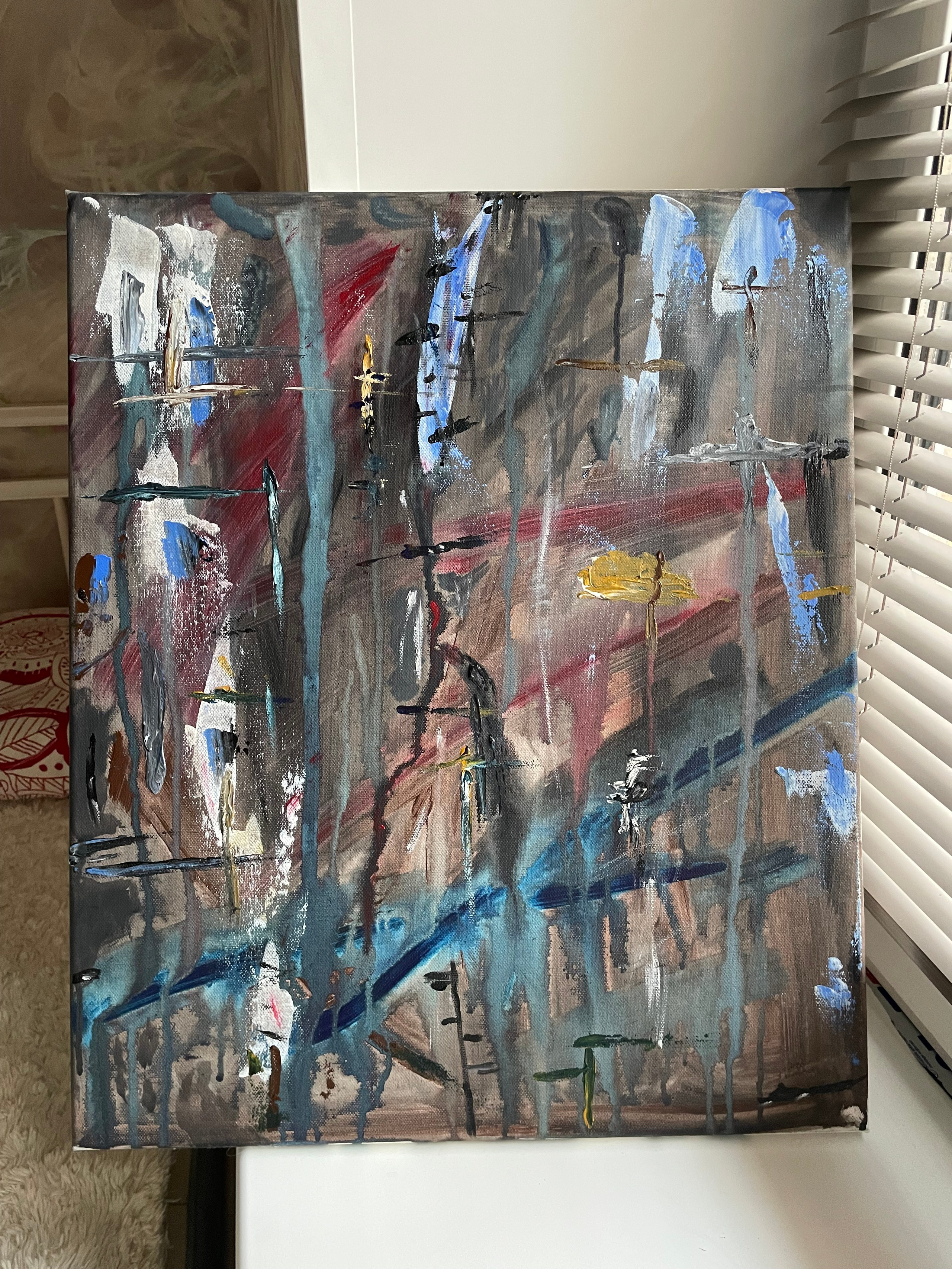
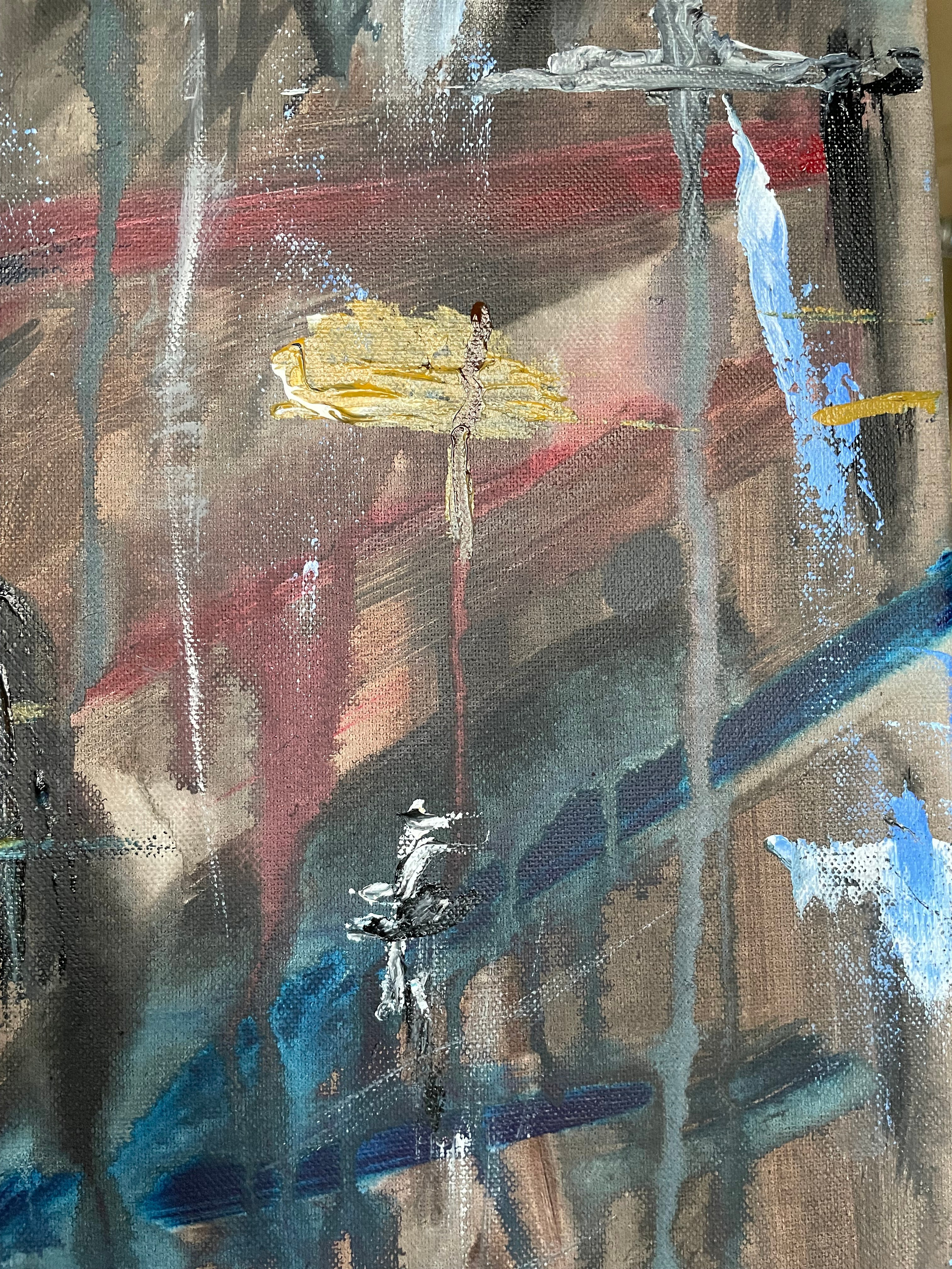
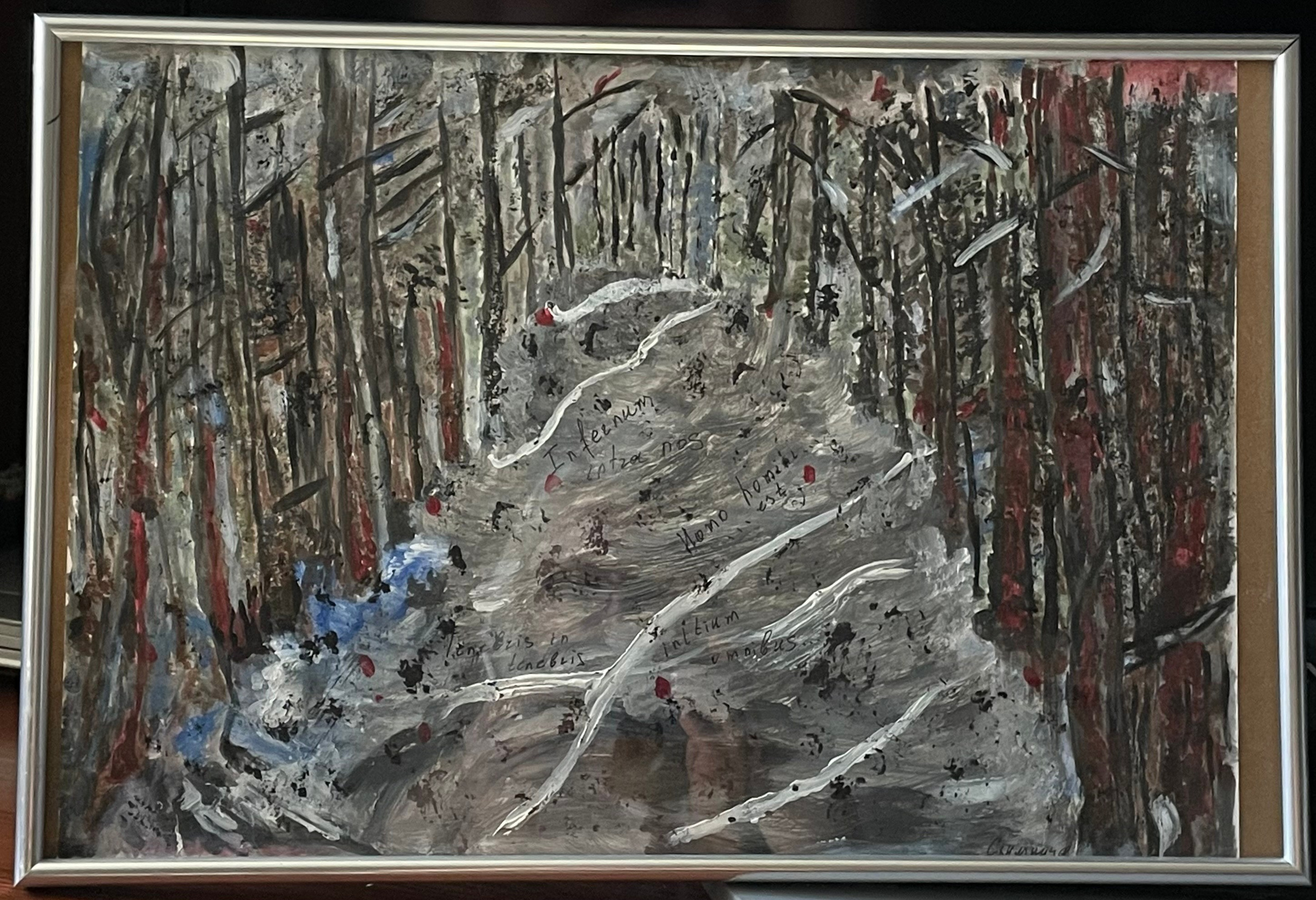
Tenebris in tenebris
Watercolor paper, acrylic, gouache. 30 — 40 cm.
Games of the Masters
Canvas, acrylic. 30-40 cm
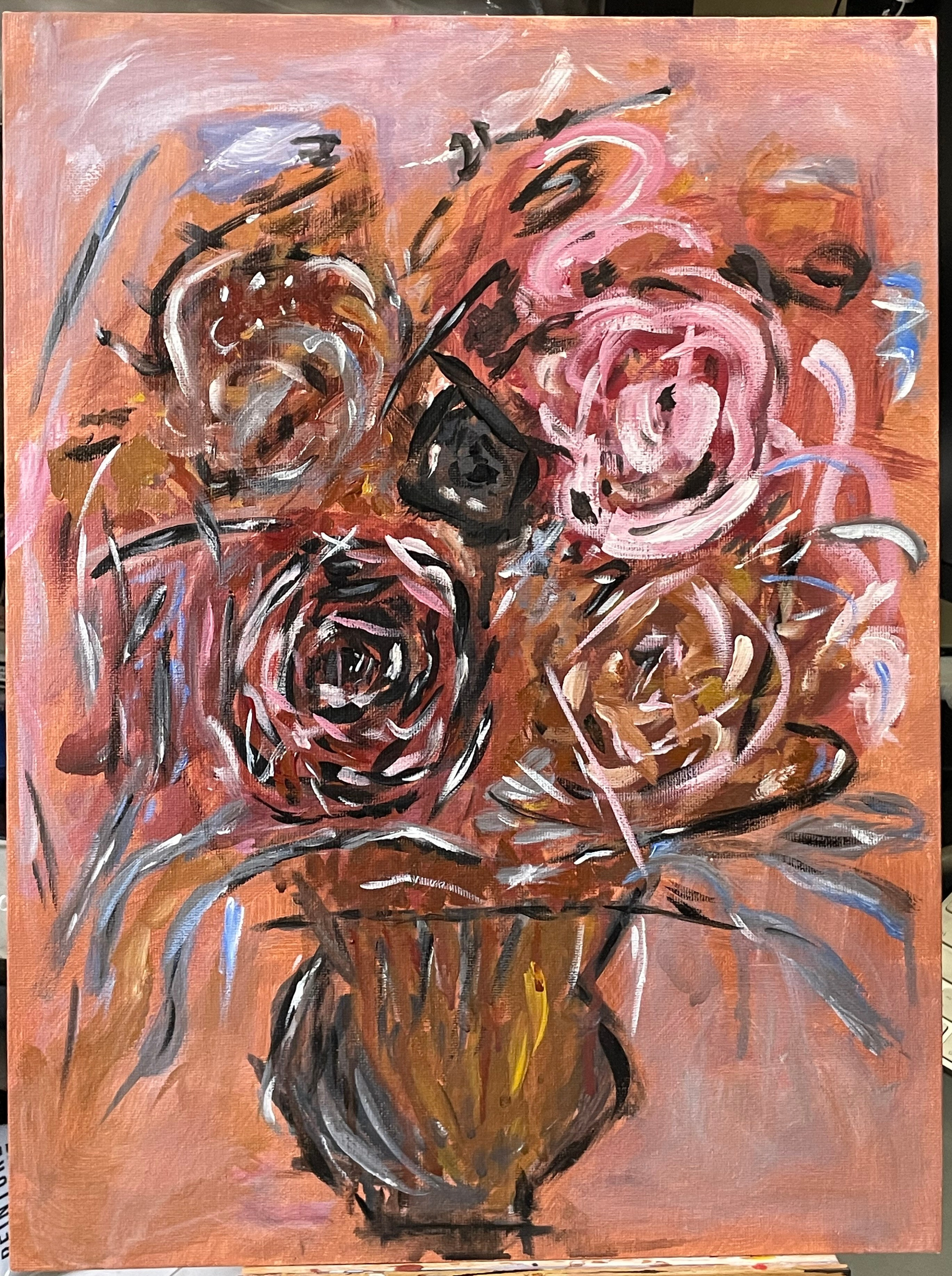
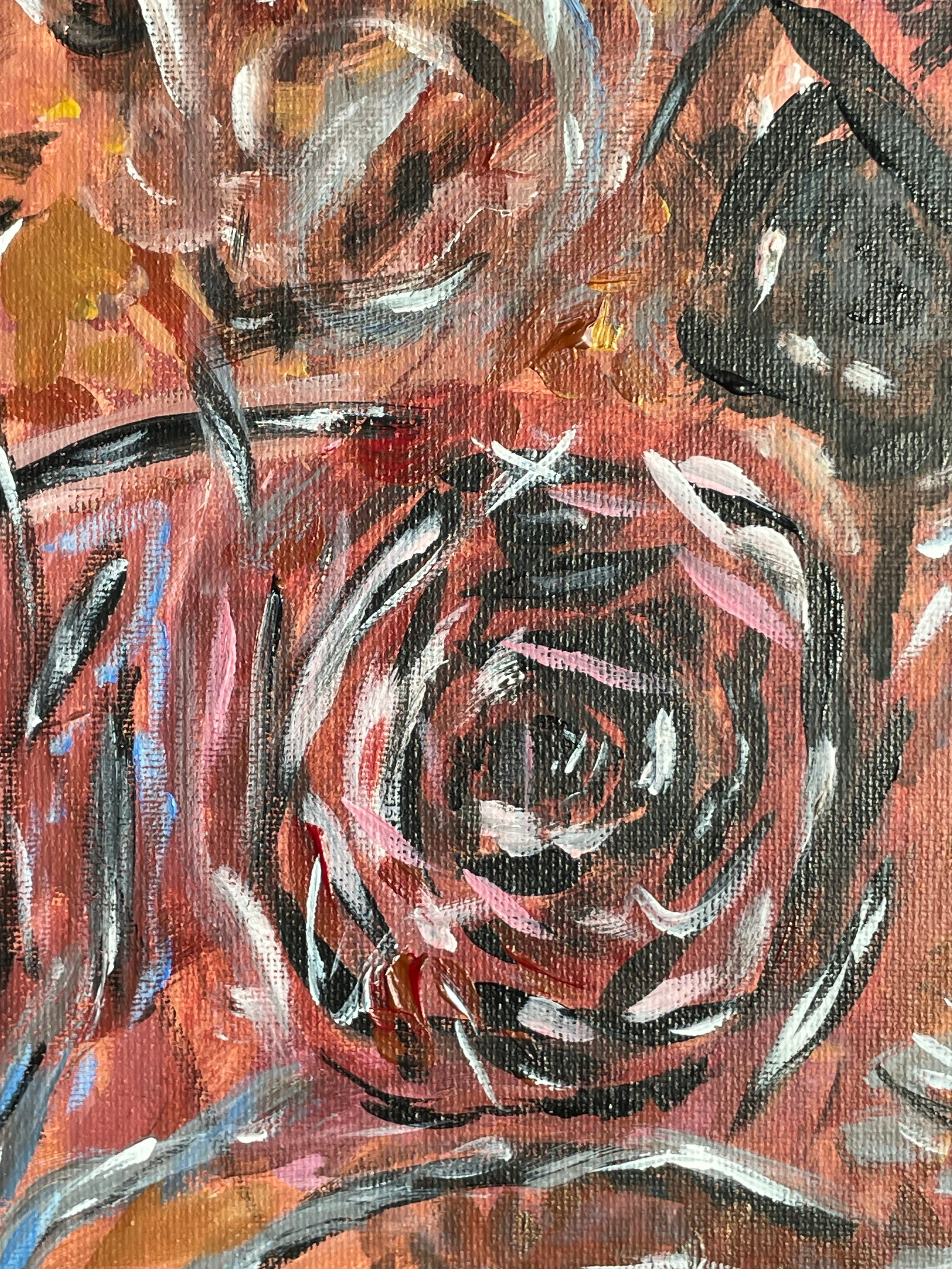
Shadows Bodies.
Watercolor paper, acrylic, gouache. 30 — 40 cm.
The Fallen down.
Watercolor paper, acrylic, charcoal. 30 — 40 cm.
Job the Long-suffering
Canvas, acrylic.. 40-60 см
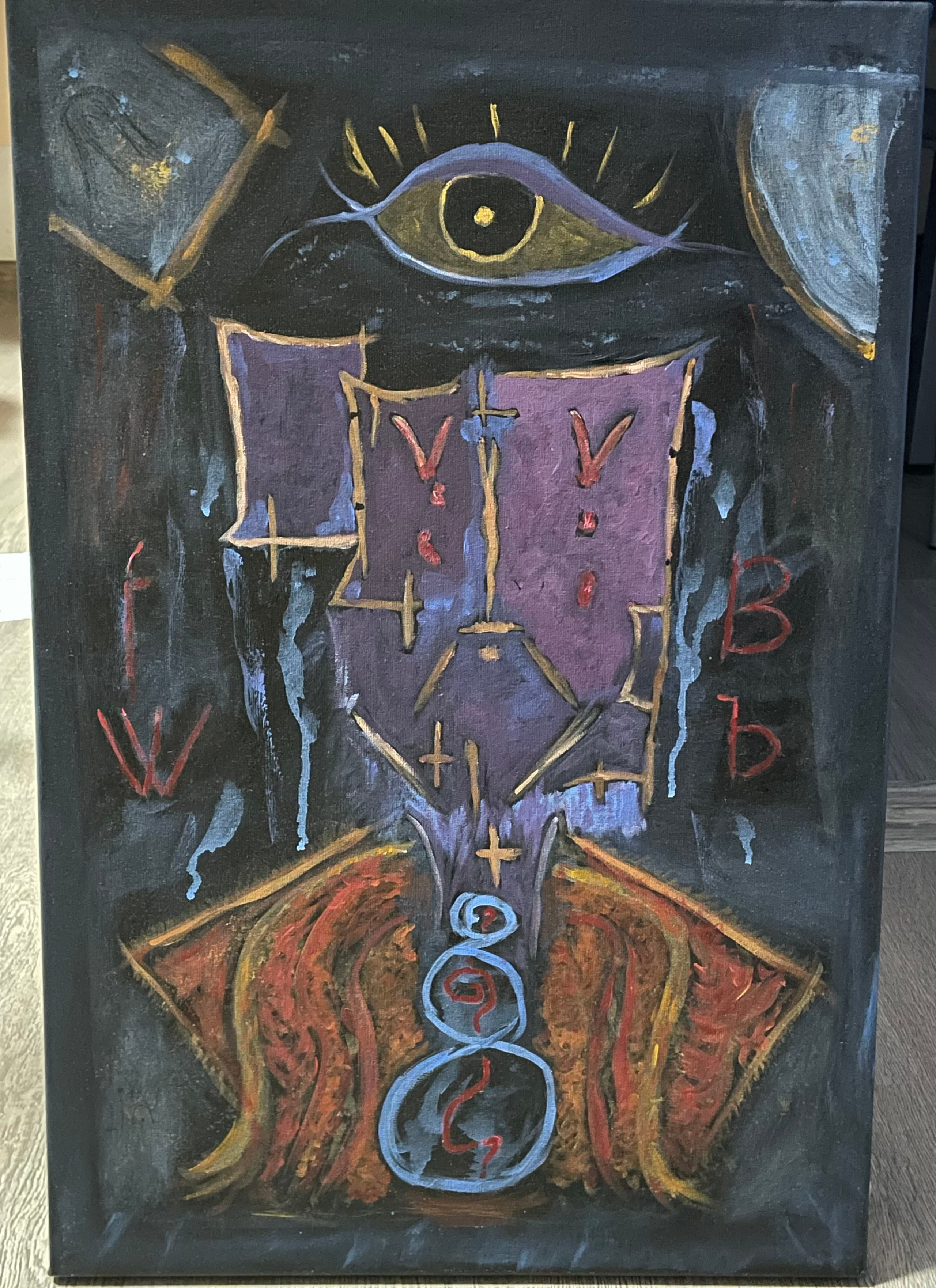
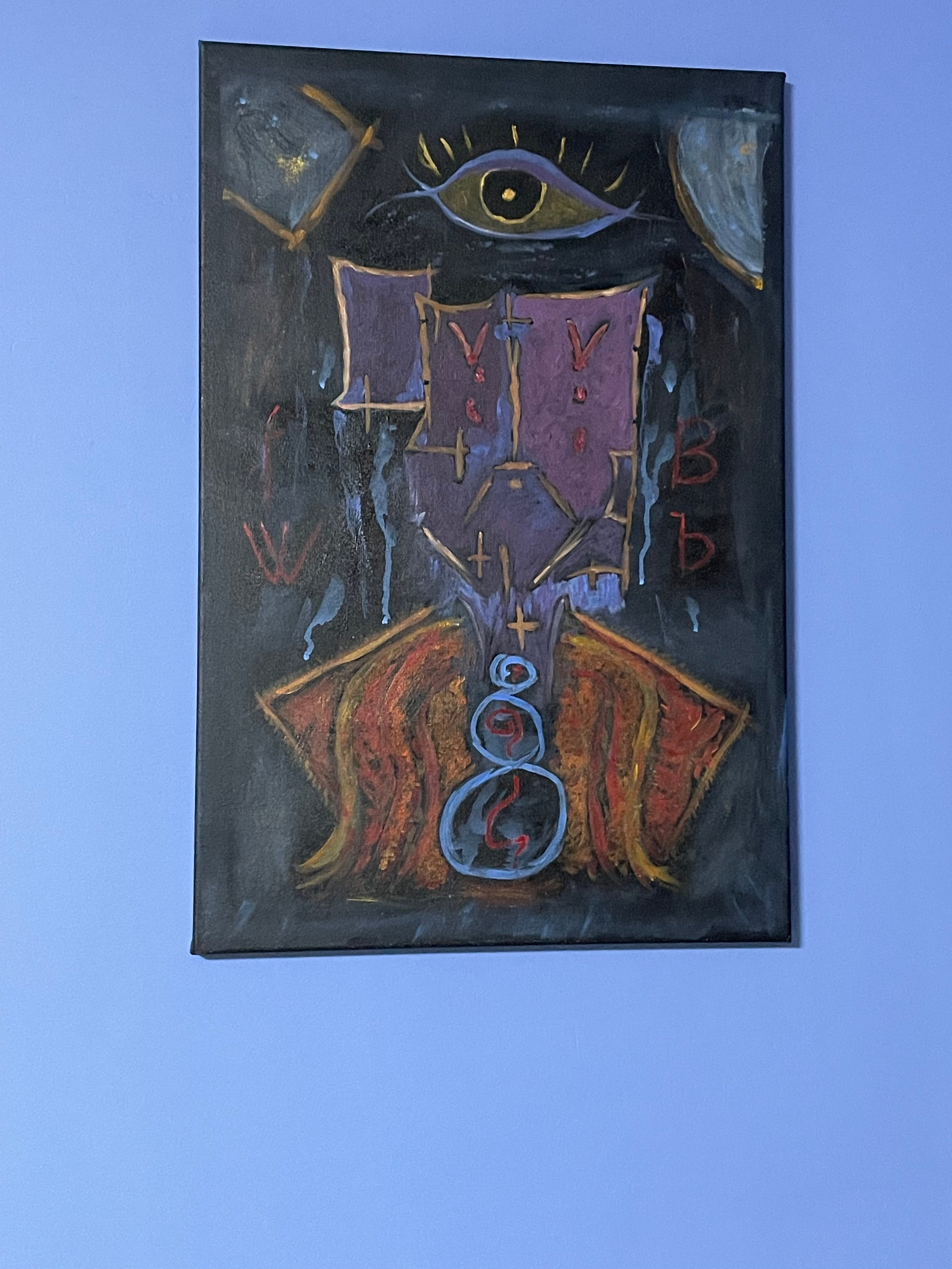
The Faces of Enoch
Canvas, acrylic, varnish.40- 60 sm.
The Second Book of Enoch describes Enoch’s glorious transformation and his initiation into one of the Masters of God’s Presence or Person. He is initiated by Phanuel, the Angel of God’s Presence and Person. Yes, and such an Angel exists. Enoch compares his body parts and face with those of the Divine body and the Divine Face.
Thus a contrasting comparison is made between man “like unto us” and his heavenly correspondence. The one who has seen the Face of the Lord. This, parallel, description of the two states (earthly and heavenly) is found repeatedly.
Let’s go further.
You realize that such a state — angel-like — could not have been present in Enoch all the time.
the Bible Book of Proverbs again mentions the idea of a heavenly “double” of the mystic Enoch.
I will add only a short note about the Syrian Savior, which you know much better than the Book of Enoch.
The Savior — the icon depicts not the nature, but the personality of Christ. As you remember, the face of the Savior is not symmetrical. Never, in any context, neither from the Orthodox side, nor from the iconoclastic side, has the mention of depicting in one icon the difference of two natures. As it is known, the closest monuments to the Sinai Savior by iconography, stylistics and technique of execution are the funerary images of the Hellenistic era, the so-called “Fayum portraits”.
If we look at a selection of images, we will notice that asymmetries are not rare there. In this group of monuments it is more difficult to find a symmetrical face than an asymmetrical one, there are dozens of much more gross violations of symmetry than on the Sinai icon.Asymmetry is considered to be a manifestation of the stylistics of this school.
You may have noticed that the Fayum portraits have occupied me for quite some time. I sketched these faces — just the shapes of the faces, no light shading or detailed embellishments (curls in the hair, makeup, etc.) Investigations… .
This is how a subtle metaphysical connection is established between the knowledge gained, observation and small personal searches with what ends up on the canvas. For the curious, I will say that all these considerations were NOT present in the process.
As Leonardo wrote, “the canvas leads the artist himself.”
This was only fully revealed to me in this painting. That’s how it is, my dears. And it is not for nothing that I asked my friends to look at the Ark (the word itself came).
You see the figures there, don’t you?
And the balances, of course. The asymmetry. From the face to the figure on the circle. And so on.
